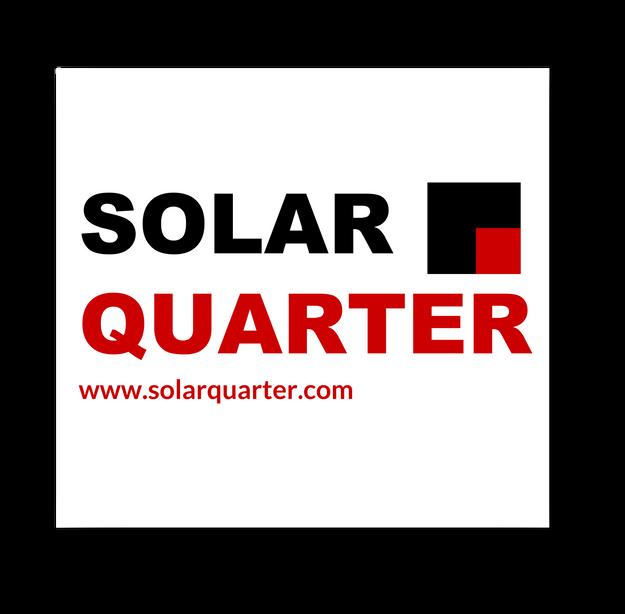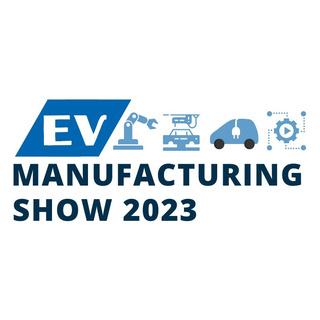
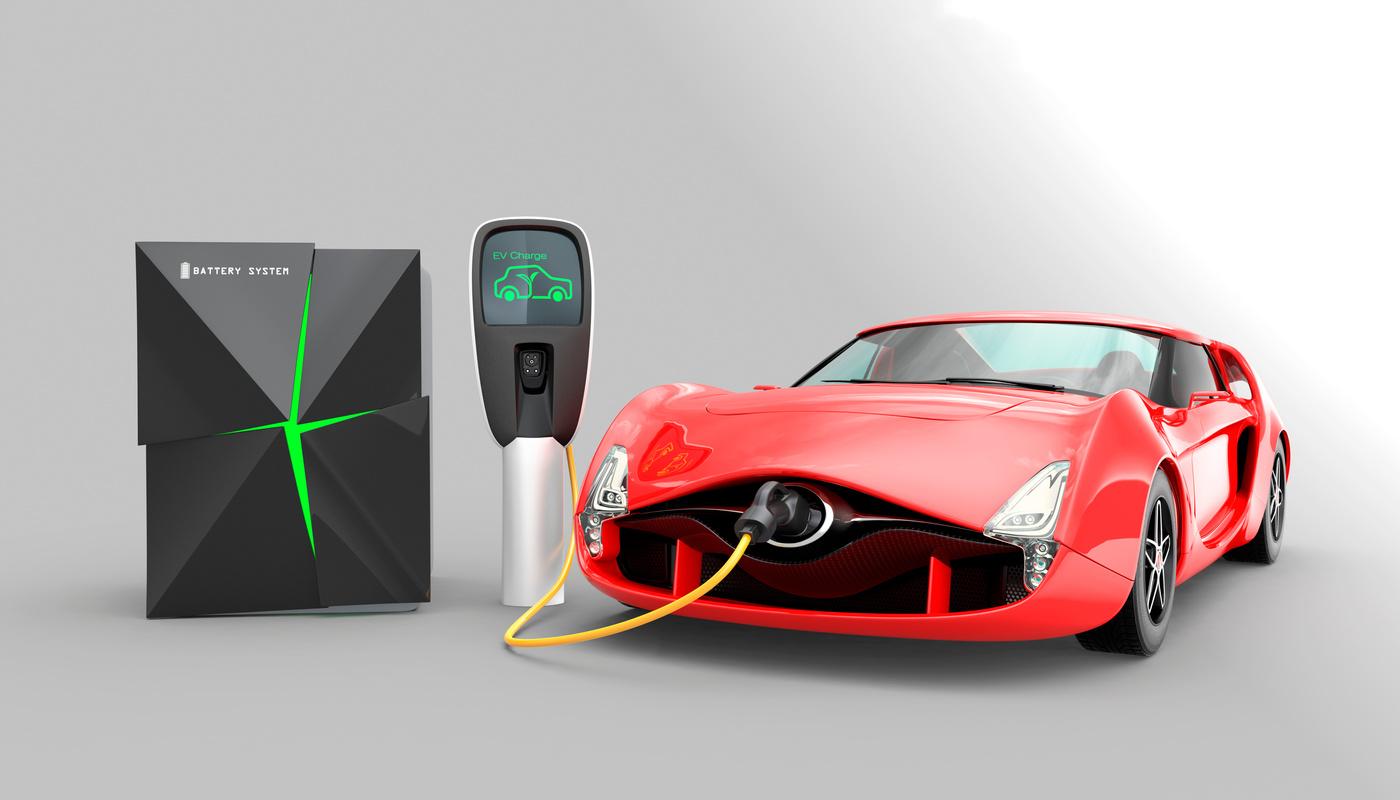





































According to the agreement goEgoNetwork is now the official provider of electric charging solutions for EKA’s nine meter buses It will set up ARAI/OCPP certified stations at 30kW, 60kW and 120kW for institutional customers throughout the country
Salcomp Partners With Flowtrik, IITMIC Incubated Start up To Manufacture EV Chargers

As part of the partnership, Salcomp will be the exclusive manufacturing, sourcing and business development partner for Flowtrik, an IIT Madras Incubation Cell (IITMIC) incubated start up housed at IIT Madras Research Park which designs chargers for
Advanced Batteries (such as Li ion, Advanced Lead Acid, and other alternate batteries) used in EVs Banking on IITMRP’s strong R&D capabilities, Flowtrik and Salcomp are ready to enter the market with a range of Portable & AC chargers and DC fast charging controllers
Flipkart Partners With Magenta Mobility To Deploy 400 Electric Cargo Vehicles For Its Last Mile Delivery Across Delhi NCR

Magenta Mobility has entered the Delhi NCR region and will provide around 400 electric cargo vehicles for the Flipkart fleet Magenta Mobility plans to deploy a fleet of more than 500 EVs in Delhi this fiscal year in order to support organizations that are transitioning to clean mobility
SUN Mobility Partners With EVeez To Deploy Over 10,000 Electric 2Ws By Next Year
To promote mass adoption and usage of EVs, EVeez and SUN Mobility aim to offer co mobility as a solution wherein the same vehicle can be used for various purposes by multiple people For this deployment, EVeez will leverage SUN Mobility’s state of the art battery swap solution based Mobility as a Service offering This is integrated with electric vehicles, and smart batteries, along with access to a wide network of SWAP POINTS™
Hero Electric Partners With AU Small Finance Bank For Easy Financial Solutions For Its E2Ws
Hero Electric aims to enhance the financing process for its customers by providing seamless and easy loan solutions along with online assistance Customers can benefit from its unique financing option with customized EMIs as per their needs Hero has 14 products in its portfolio catering to varied customer requirements.
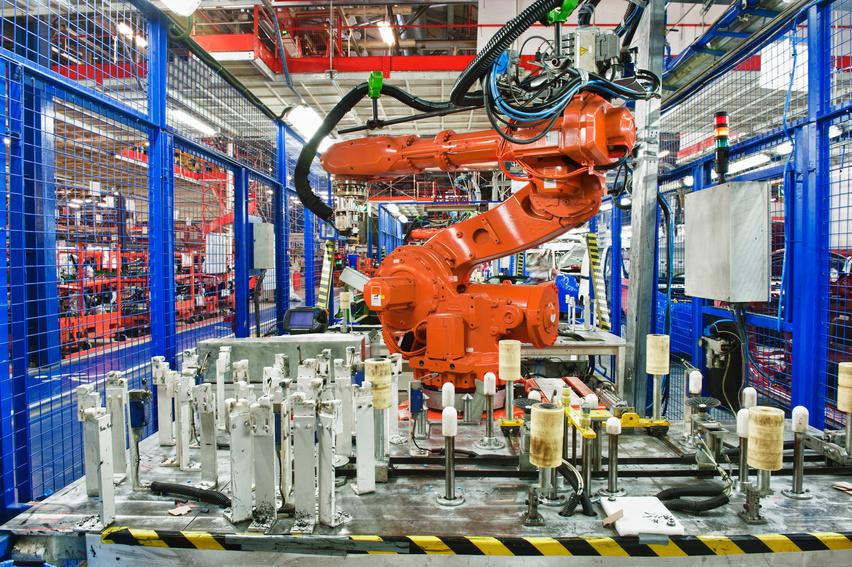
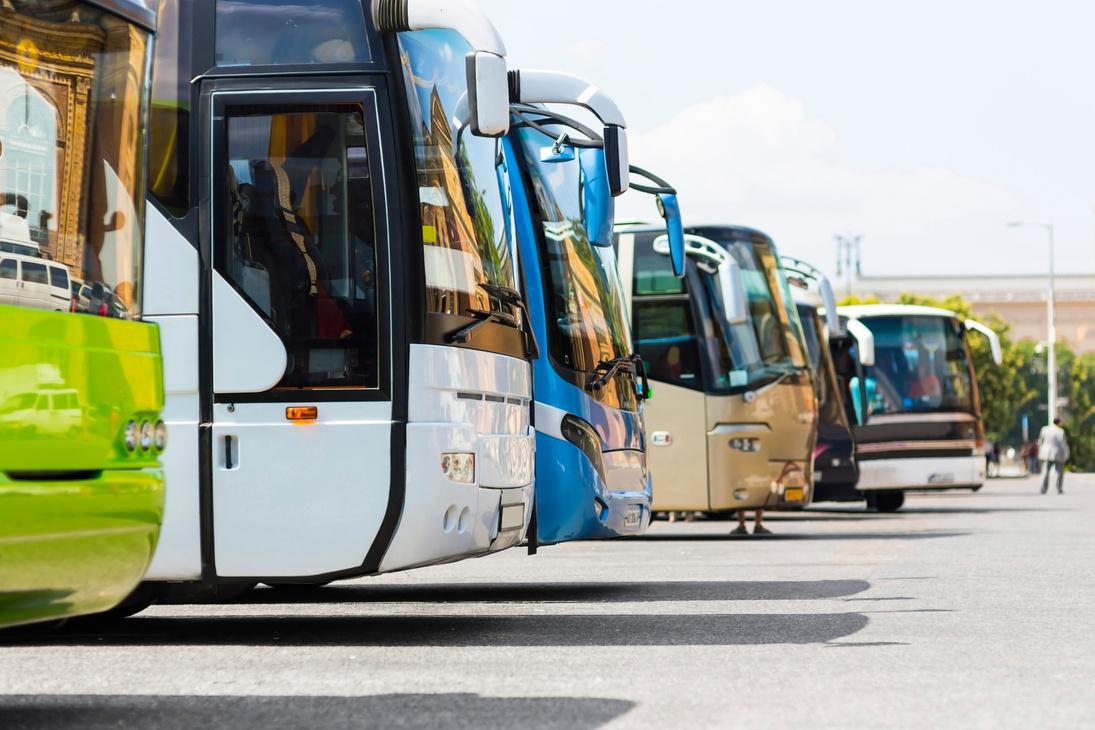
Tata Motors And State Bank of India Join Hands, Offer Electronic Dealer Finance Program To Authorized Tata Passenger Electric Vehicle Dealers
The companies will collaborate in R&D to create a compact and smart DC fast charger for electric buses Both companies will also collaborate closely on the development of onboard chargers for passenger EVs with 4W.
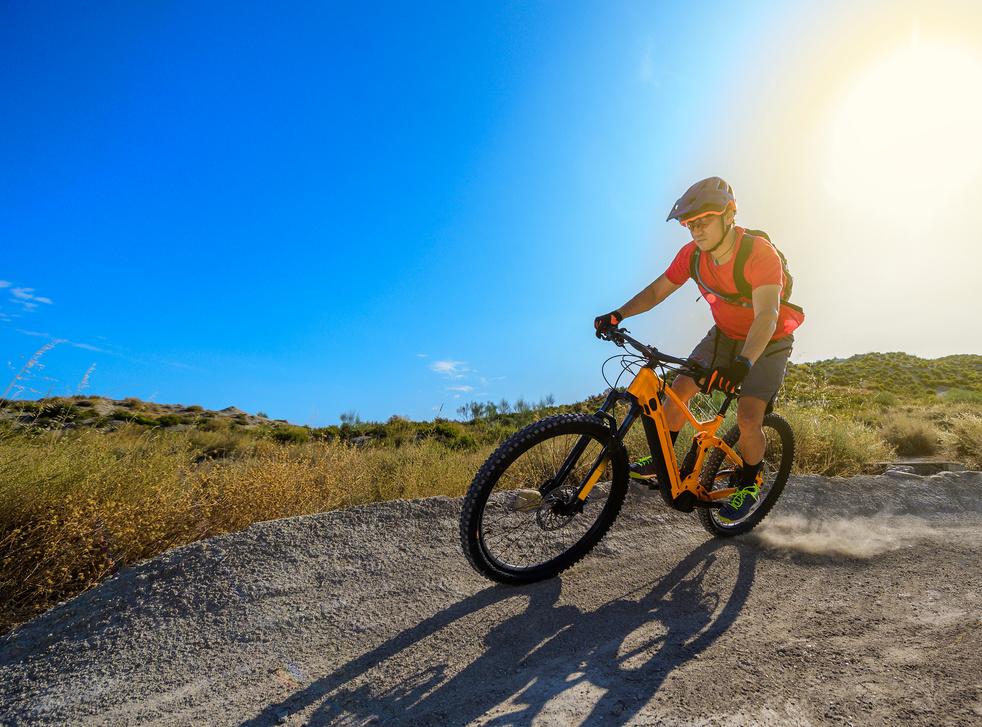
Tata Motors, India’s leading automotive manufacturer has joined hands with State Bank of India, India’s largest bank, to offer an Electronic Dealer Finance solution (e DFS) to its authorized passenger EV dealers Tata Motors has been revolutionizing the Indian automotive market with its pioneering efforts and is leading the e mobility wave in India with a commanding market share of 89% in Q1 FY23
The MOU will pave the way for a long term partnership that would mainly encompass rolling out an electric bike manufactured by Gravton Motors and InstaCharged by Log9’s cutting edge InstaCharge battery technology; this integrated model has been named ‘Gravton RapidEV’
BYD India, a manufacturer of new energy vehicles, has signed an agreement with the HDFC Bank in order to provide stock financing solutions for its dealer network across India. BYD dealers will have access to inventory financing for electric cars through this strategic tie up The dealer financing solution offered by HDFC Bank offers a range of customized products that offer tailored solutions to electric car dealers and BYD customers
Switch Mobility And Chalo Join Hands To Deploy 5,000 Electric Buses Across India
The MoU with Chalo has been signed for an initial period of three years and the buses will be deployed across districts and cities in India where Chalo operates Switch will supply variants of the recently launched EiV12 as part of the supply agreement The delivery and operation of these electric buses will support India’s plans to decarbonize public transportation
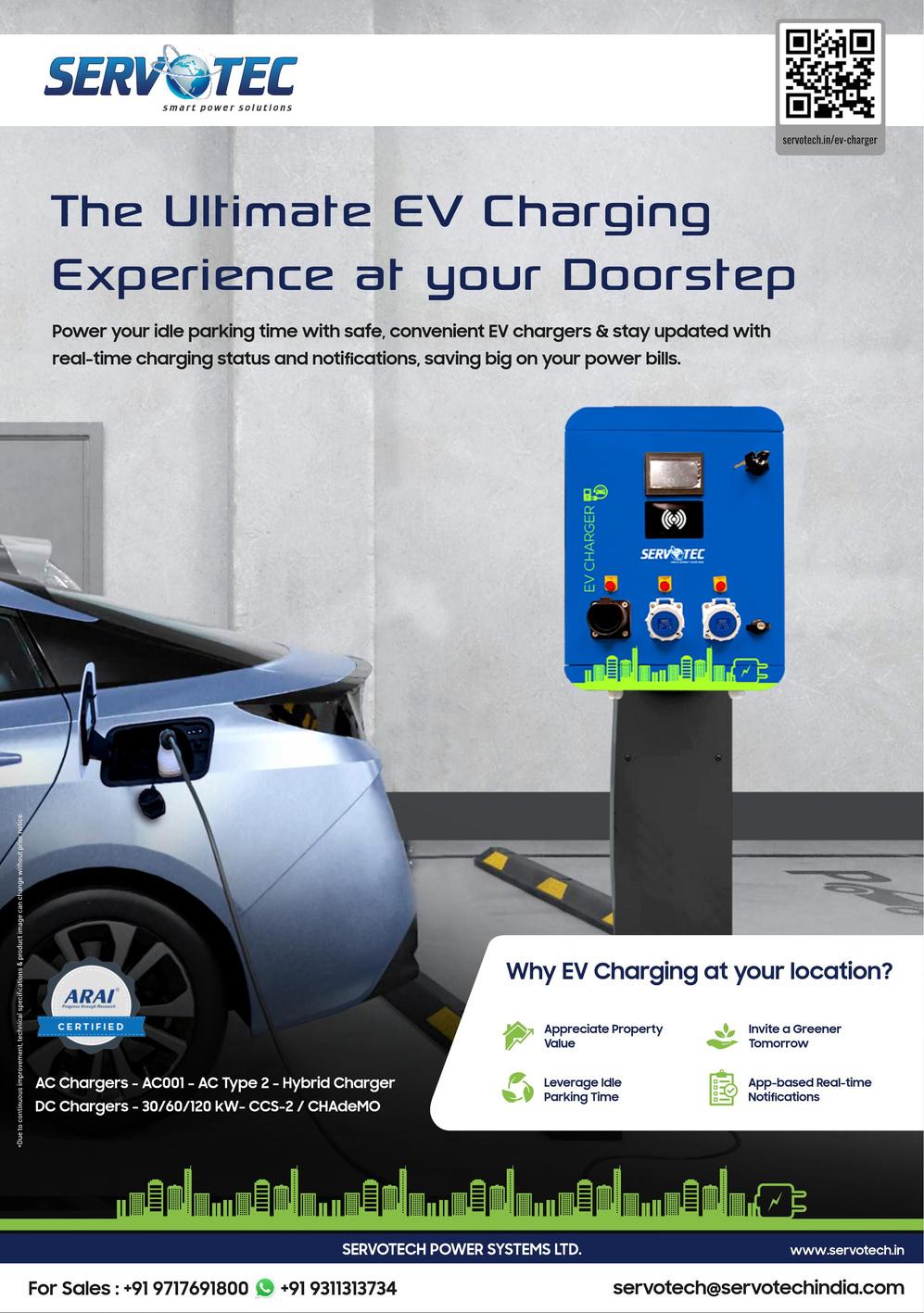

The Prime Minister, Shri Narendra Modi laid the foundation stone and dedicated various projects worth more than ₹3400 crores in Surat These include works for water supply, drainage projects, DREAM City, Biodiversity Park and other development works such as electric vehicle infrastructure and joint development works among others by the central and state government.
The World Bank and India’s government are currently in discussions to create a risk sharing mechanism that will compensate banks for lending to electric vehicle purchases This is part of India’s efforts to decarbonize its transport sector
India should aim to electrify 100% of its two wheelers and three wheelers within the next four years, stated G20 Sherpa Amitabh Kant. This statement is made amid the rapid electrification trend these two segments have experienced in recent years
Jaipur International Airport installs 7 electric vehicle charging stations after introducing 7 electric vehicles SUVs Around 38 electric vehicles can be charged with these chargers in a day
The EV charging stations have been set up to reduce the carbon footprints of the airport authority and to switch to green energy
Mercedes Benz Research and Development India (MBRDI) fosters Evnnovator, a startup that aims to transform the EV industry by providing a comprehensive EV charging experience to end users Evnnovator is a unique startup in India to make EV charging simple and convenient, allowing for the widespread adoption of sustainable e mobility Built by an ex MBRDI employee, Evnnovator offers all three options of finding, charging, and paying at the charging station to its users through its mobile app FICH.
Kinetic Engineering, a Pune based company that develops components for electric 2 and 3 wheelers, has created a new subsidiary company to explore new opportunities in the assembly and electric vehicle market. Kinetic Engineering holds a 51% share in the new subsidiary The initial capital expenditure for the subsidiary is Rs 25 crore
The charger station can charge 30 vehicles in 24 hours ATGLs EV App is available for both Android and iOS To charge their electric vehicles, one can choose to use the energy, money, or time mode The time mode allows t h th ti th t t h th i hi l I th




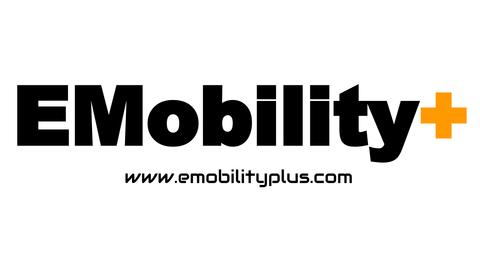


India Should Aim To Electrify 100% Of Its Two Wheelers And Three Wheelers Within Next 4 Years Amitabh Kant


Hero MotoCorp announced that it will invest $60 million in Zero Motorcycles, a US based company to develop electric motorcycles The nation’s largest two wheeler manufacturer said it has reached a partnership agreement with a California based producer of premium electric motorcycles as well as powertrains
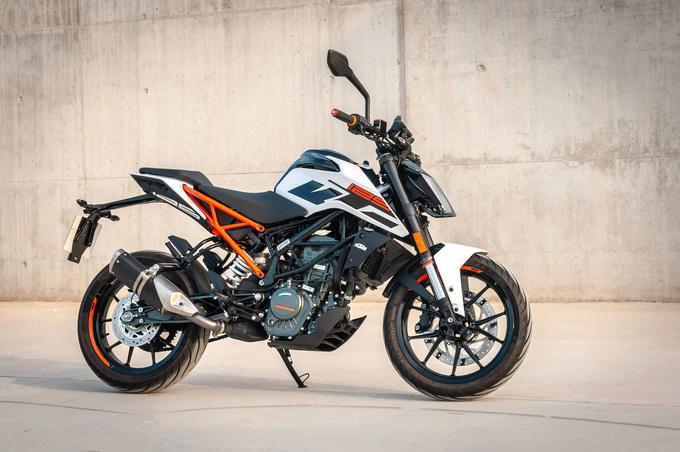

“Indigenous EV battery manufacturing will increase local EV adoption and make India a large export hub in the world However, the nation needs to invest over $10 billion to boost cell manufacturing and raw material refining, just to serve the local demand of Li ion batteries by 2030, and to create 1 million new jobs,” says a new report released by Arthur D Little (ADL), titled “e Mobility: Cell Manufacturing in India ”

Hero Electric will set up a greenfield manufacturing unit in Rajasthan entailing an expenditure of Rs 1,200 crore The facility, to be set up in the Salarpur industrial region, will be spread over 170 acres and have an annual capacity of 2 million units It will also accommodate a vendor company that will invest an additional Rs 400 crore in the facility
Climate Trends has released a new study that shows that Tamil Nadu could offset between 36 and 38 million tonnes of carbon dioxide emissions by converting 5 10% of its two, three and four wheeler sales to electric during 2022 30. Tamil Nadu could save 38.76 million tonnes of carbon emissions if 10% of all newly registered vehicles between 2022 30 are converted to electric This target would mean that Tamil Nadu could have nearly 3 86 million electric vehicles on the road
Mallawa Ventures Inc based out of the US has plans to invest USD 1 billion in Tamil Nadu to produce hydrogen powered electric buses by the year 2030, according to a top official Mallawa Ventures’ President and CEO, Raj Karan stated that the company is currently looking for land to build the manufacturing units and hydrogen cells in Chennai

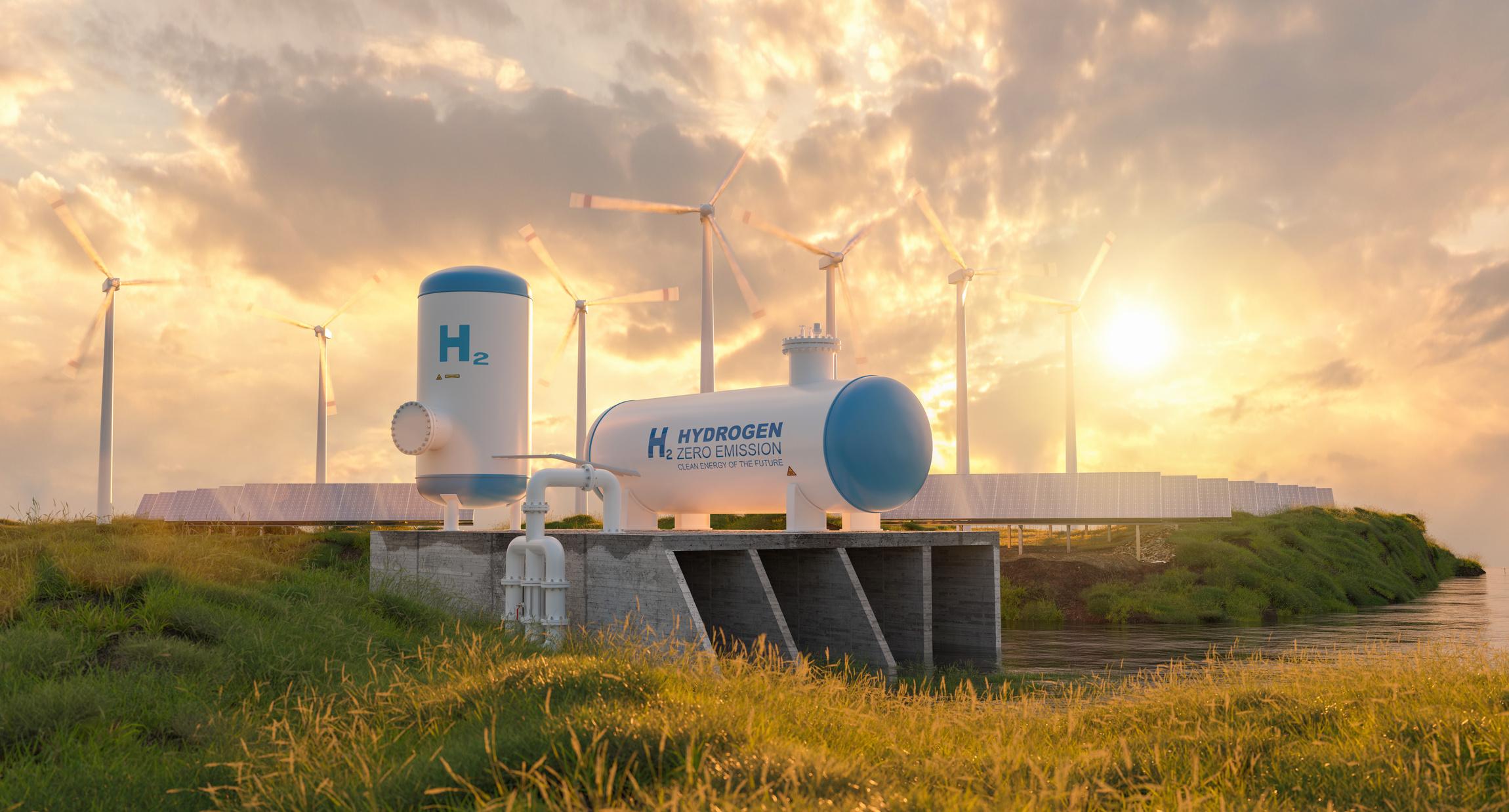

Mahindra Group with British International Investment has committed $500 million in capital for the electric sport utility vehicle segment According to an agreement between the partners
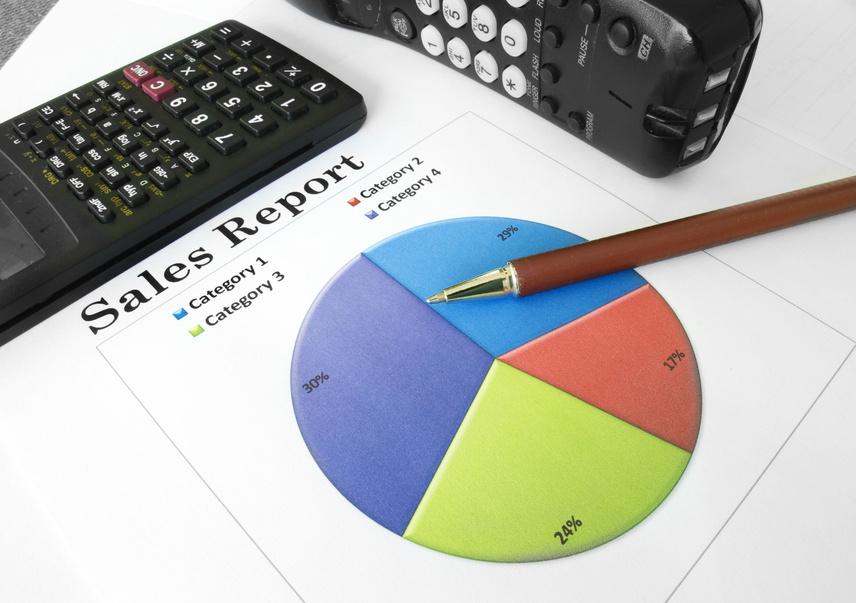
the new EV company will receive a capital infusion of approximately $1 billion between FY24 FY27 for the planned product portfolio
IIT Madras incubated EV startup Esmito has raised Rs 10 crore in a seed round led by Unicorn India Ventures The funds raised will be deployed for the expansion of swapping solutions and to further strengthen the technology team
As per a report by ICRA, cell manufacturing investments will exceed $9 billion by 2030 due to the increased demand for various applications and future growth prospects The projections are based on the EV penetration in all segments of the automotive market and its exponential growth over 10 years The battery remains the most important and expensive component of an EV
India’s Total Electric Vehicle Fleet Is Expected To Reach 5 Crores By 2030 – Study
According to KPMG India’s total electric vehicle fleet is expected to reach 5 crores by 2030 This presents a huge opportunity for those involved in the charging infrastructure KPMG’s report, Electric vehicle charging the next big opportunity India, stated that a large rise in electric vehicle sales is expected in India This is despite a low penetration rate of just 1% currently India Energy Storage Alliance (IESA), India’s leading industry alliance on Energy Storage, e Mobility, and Green Hydrogen released its 3rd annual edition of the “2021 India Electric Vehicle and Component Market Overview Report 2021 2030”. According to the report, the Indian EV
Hero MotoCorp To Invest $60 Million In Zero Motorcycles To Develop Electric Motorcycles
India’s EV Market To Grow At CAGR Of 49% Between 20212030: Report
Hero Electric To Invest Rs 1,200 Crore In Greenfield Facility In Rajasthan
Mallawa Ventures Plans To Invest USD 1 Billion In Tamil Nadu To Produce HydrogenPowered Electric Buses By 2030
Mahindra Group And British International Investment To Invest $500 Million In Capital
Unicorn India Ventures
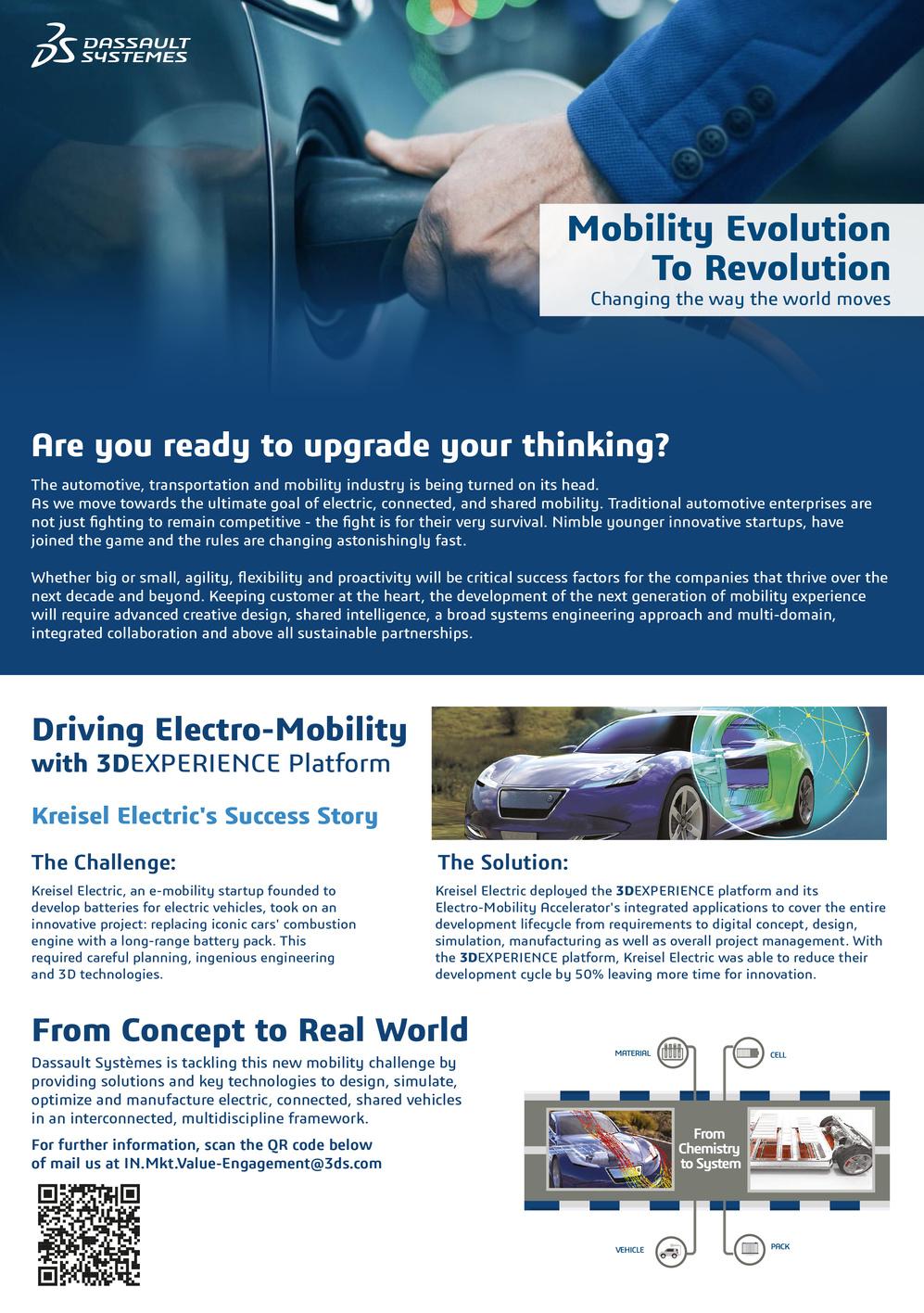

The Ziptron powertrain, which includes a 26 kWh battery and is expected to be a direct lift off of the Tigor EV It has a power output of 74 bhp with 170 Nm peak torque
The Tiago electric vehicle will have a range of about 300 kilometers Features such as multi mode regen or sports mode, leatherette seats, cruise control, and more are included
In terms of pricing, Tigor EV is expected to be in the range of Rs 10 12 lakh (ex showroom)
Atto 3 is an all electric SUV from the world’s largest EV manufacturer BYD
The Atto 3 will be available in two options for battery packs
The smaller battery pack, which is 49 92 kWh in size, has a range of approximately 345 km The larger battery pack, which is 60.48 kWh in size can travel 420 km.
It is expected to sit in the 25 30 lakh segment of EVs
Internationally, the IONIQ 5 comes in two options for battery packs: a 58 kWh single motor setup that produces 169 bhp and claims a range of 383 km; or a 325 bhp dual motor 72 6 kWh battery pack that provides 481 km of electric power
The EV will make its debut by the end of 2022 and will go on sale in the first quarter of 2023
The launch of XUV400 is scheduled for January 2023
A 39 5 kWh battery pack powers the powertrain It is paired with a single motor that produces 147 bhp as well as 310 Nm peak torque. This set up boasts a range of 456 kilometers on one charge
Baaz Bikes, an electric vehicle startup introduces its electric scooters at Rs 35,000 ex showroom Delhi without battery for gig delivery riders
The Energy Pods swappable battery has safety features as per AIS 156 standards The scooter is designed to run for more than 100 km in a day



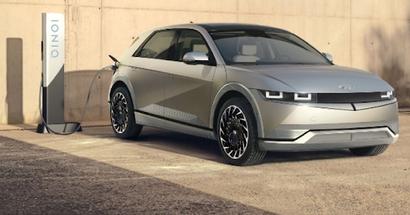




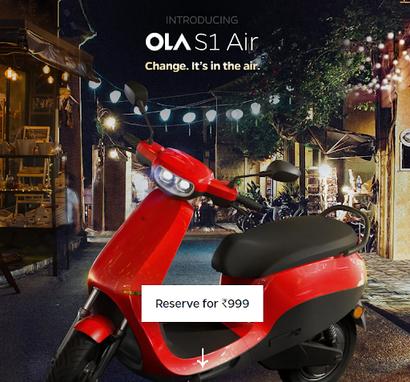

This October, Ola S1 Air launched in India It has an introductory price of Rs 79,999 It has Ola’s MoveOS 3 software, with added features Deliveries are to begin from April 2023

The Switch EiV22 has a 231kWh battery with a claimed range of up to 250km The bus has a Nickel, Manganese, and Cobalt (NMC) battery that comes with an 8 year warranty
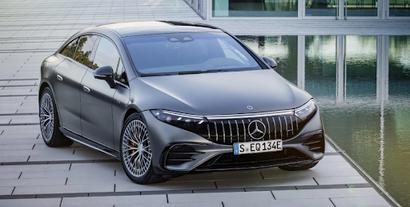
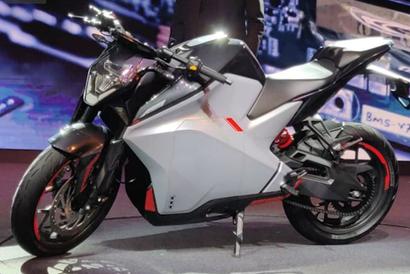
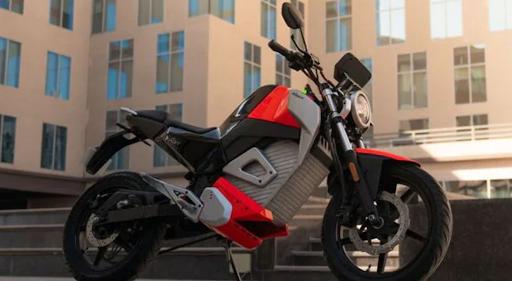
Recently, Oben EV launched its first electric motorcycle at a price range of Rs. 99,999
It has 200Km running capability on a single charge It is powered with a 4 4Kwh li ion battery pack coupled with a 10Kw electric motor
The Ultraviolette F77 electric sportbike features a 10 5 kWh battery, which is easily the biggest battery found on any electric two wheeler sold in India The motorcycle comes with 3 riding modes and 3 different levels for regeneration
The motorcycle will be available in three variants Airstrike, Laser, and Shadow
Ultraviolette F77 electric sportbike will be India’s longest range electric two wheeler, with an IDC certified range of 307 kilometers/charge
multi scale, multi solution company specializing in the end to end production, procurement, and distribution of high end, customer focused solar systems and electric vehicle charging solutions, as well as power and backup, medical equipment, and energy efficient lighting products Servotech has brought to the forefront its multi pronged EV charging range, emerging as a changemaker in the EV charging space and engineering the building blocks of India’s EV infrastructure, leveraging nearly two decades of market leadership and technical expertise As a Full Time Director, I bring a laser like focus on client satisfaction and building long term relationships, all while drawing on the inherited learnings and takeaways from over 17 years of experience as a woman business leader
Whole Time Director, Servotech Power Systems Ltd.
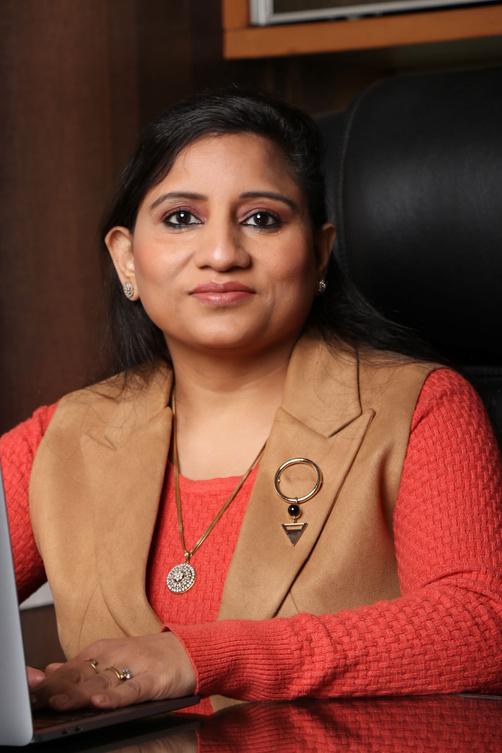
Levering our manufacturing, technological, and marketing expertise, we are putting together a comprehensive infrastructure that meets the needs of the next generation of smarter transportation. Servotech is going to transition into an architect of designing, driving, and maintaining an end to end EV charging footprint to meet user specific requirements at speed and scale
We will successfully create a competitive advantage by opening our EV charger area, which will be supported by our ongoing R&D and innovation projects.
transition into an architect of designing, driving, and maintaining an end to end EV charging footprint to meet user specific requirements at speed and scale

Calibrated pricing and a focus on cost saving tactics and efficiency allowed for the achievement of constant gross margins and EBITDA The team will put more effort into expanding our partner network program going forward because it has already helped us distribute our unique solutions across 21 Indian states. We will successfully create a competitive advantage by opening our EV charger area, which will be supported by our ongoing R&D and innovation projects
Servotech bases its work on the idea that shared or public chargers must be able to provide near high speed charging capabilities constantly For drivers that stop at a charging station along a freeway and need a quick high powered charge, high power charging systems can give vehicles a nearly fully recharged battery in just a few minutes of charging
Levering our manufacturing, technological, and marketing expertise, we are putting together a comprehensive infrastructure that meets the needs of the next generation of smarter transportation Servotech offers both AC and DC EV charging alternatives, utilizable for a variety of applications These include Spark series AC chargers, best suited for domestic EV powering use, these range from 3 3kW, 7 2kW/11kw (Type 2), 10kw Bharat AC 001, and 14kW hybrid AC chargers And Squad series DC chargers, perfect for commercial usage at highways, parking lots, and drive through areas among others, these span from 30kW, 60kW, and 120kW, for varied fast charging preferences. In the days ahead, Servotech is going to
The extensive selection of EV charging solutions offered by Servotech will make it possible to install high powered AC and DC charging stations widely, which is crucial for increasing consumer trust in electric vehicles Thanks to our continuing innovation projects, users will soon have access to the most recent versions of these essential components in real time In addition, the EV ecosystem will see more participation from various stakeholders, such as franchisees and self owned charging providers, as Servotech now introduces a unique business model, the Charge Point Operator (CPO) model, motivating the push for wider EV charging deployment
With strong momentum across all of our strategy pillars, Servotech made great progress in the last fiscal year toward our objective of making tech enabled solutions accessible and cheap for everyone
In order to develop and scale EV solutions in the Indian EV ecosystem, we want to utilize and strengthen our current market leading position We will keep growing as the industry does. However given that Servotech entered this market relatively recently, we already have an advantage over the competition because of our expertise and extensive use of digital capabilities In addition to aiming to implement energy storage technologies across a range of applications in the upcoming year, we have already started making strides in optimizing battery usage and enabling simpler battery swapping for drivers, contributing granularly to the accomplishment of India’s EV goals And going forward too, this will serve as the impetus for all of our strategic approaches
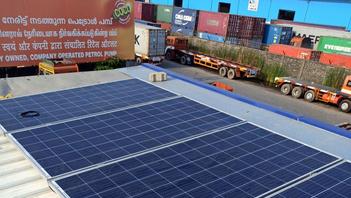
Servotech offers both AC and DC EV charging alternatives, utilizable for a variety of applications.
What have been some significant developments in your company recently in terms of technology?
What are your growth plans for the next year 2023?
How do you see Servotech contributing to the Indian EV market in the next couple of years?
Tell us about the types of EV chargers you provide and their key highlights

Over the last few months, the supply chain has stabilized, which us claim the top position in the e2W segment
With e2W being at the core of sustainable mobility transition, we of the 2W market to completely shift to EVs by 2030
We plan to train and re skill 25,000 mechanics, install charging s expand our pan India presence with 1000 touchpoints for faster E
It is a year of growth and expansion for us with capacity building, network expansion, and infrastructure strengthening In the last fiscal, we hit the 1 lakh unit sales milestone and are progressing towards achieving this year's sales target In the initial quarter, we witnessed a drop in sales that was a planned halt due to the ongoing global chip shortage
Over the last few months, the supply chain has stabilized, which has helped us claim the top position in the e2W segment
Addressing the growing demand for e2Ws, we are building capacities through Mahindra's Pitampur plant and an upcoming production line at our Ludhiana plant We plan to train and re skill 25 000 mechanics install charging stations, and expand our pan India presence with 1000 touchpoints for faster EV adoption
Robust charging infr electric mobility to addressing the rang building consumer co can simply be reso charging point facilitie apartments, malls, o Moreover, the ind widespread network t increased investment a

Hero Electric is focuse EV network by partner companies like Bo Mobility, and Log9 Ma lakh charging points a intend to tap into that of joint development o sensibilities from the R&D capabilities for th mobility segment in In
Electric is the future in mobility, and Hero’s experience in the green mobility space makes it a perfect organization to explore, evolve, grow, and contribute to a greener tomorrow. The EV industry is at a nascent stage and will witness newer technologies and connected mobility solutions, which are only possible through R&D Therefore, to stay futuristic and innovative, we need to constantly equip our products with new features and technologies for a seamless EV owning experience
The new R&D setup will be the nerve center of our future product development incorporating the latest and the best technologies in electric two wheelers The R&D center will collaborate with academia and incubators across the globe to work on mid and long term strategies for our product
The Indian electric two wheeler segment surpassed all projections by clocking 231,338 unit sales in FY2022 versus 41,046 in FY2021
The electric mobility revolution enables riders to contribute toward clean mobility and a greener environment for a better tomorrow.
The e2W and 3W segments are leading the adoption curve while the challenges in terms of range anxiety, charging infrastructure, and battery technology continues to hinder EV ownership With e2W being at the core of sustainable mobility transition, we expect 80% of the 2W market to completely shift to EVs by 2030 The city speed segment is growing, and the market is improvising on drivetrains and batteries, auguring a shift, which will be catered to by higher end
partnered with Mahindra & Mahindra to expand our production. Moreover, we have also announced the MoU signing of our third plant in the Salarpur industrial region of Rajasthan which is spread over 170 acres and will commence commercial production by the end of 2023
Strengthening the EV ecosystem, we will continue with our initiatives of setting up charging stations, reskilling mechanics for EV servicing, etc Hero Electric will focus on diversifying its product offering in the city speed segment considering the commuter segment is a large part of the two wheeler market, followed by transforming the last mile delivery segment for faster EV adoption We will continue to focus on R&D and product development to offer innovative and technologically advanced features
How has the business been at Hero Electric this year?
Tell us about the plan to open a new R&D center and its significance.
In the last fiscal, we hit the 1 lakh unit sa milestone and are progressing towards achieving this year's sales target.
products
What do you hav the present EV c infrastructure in
Are there any sp opportunities in that if focused upon can lead to significant improvements?
Our mission is to produce high quality EV vehicles designed for Indian ro while remaining cost effective
Intelligent vehicles will transform our commute experience in the future, a eRise products will make that a reality
We have made significant investments in R&D to carry out cutting ed work in connected platforms, electric transmission, battery technology, onboard electronics for all models of Electric Vehicles
Please tell us briefly about your company.
eRise Drive electric is supported by the KL Group, which was founded in 1971 We have over 95,000 square feet of state of the art manufacturing facilities in Rohtak, backed by the KL Group, with a massive capacity of producing 30,000 vehicles per year, which can be expanded to 200,000 per year based on demand In the coming month, we will release our low speed and high speed scooters We have made significant investments in R&D to carry out cutting edge work in connected platforms, electric transmission, battery technology, and onboard electronics for all models of Electric Vehicles
eRise intends to achieve 100 percent localization by 2023 by collaborating with the industry's best vendors, which will result in cost savings and faster production turnaround time, in addition to supporting the Indian government's national initiative "Atmanirbhar Bharat "
With what mission an objectives, the company was set up? In short, tell us about your journey since the inception of the company.
At eRise it's all about passion and purpose
The automobile industry is undergoing massive technological disruption Today, electric is the preferred option, which will shape urban commutes and cities of the future Simultaneously, the world around us is becoming more connected, allowing device
integration and making our life experiences more seamless Intelligent vehicles will transform our commute experience in the future, and eRise products will make that a reality With the company's tenets grounded in quality and matchless technology, our electric vehicle shall revolutionize the electric mobility space in India Backed by the strong lineage of KL Group, we have just begun our journey in India
at eRise and your journey in this highly promising sector.
I come from a Business family and have always had that mindset. At the age of 17 I took my first step into my family's construction and petroleum industries In 2013, while pursuing my master's in computer science, Mithilesh (my brother) and I decided to expand and diversify our family business into the automobile sector We entered the EV space in 2016 when we acquired the Hero Electric dealership We had tremendous success in this and consistently became the number one dealer in India, which boosted our confidence and helped us understand the consumer insights and landscape of the industry We decided to start our OEM business after having to consider India as the world's largest two wheeler market and India's EV goals by 2030 Our mission is to produce high quality EV vehicles designed for Indian roads while remaining cost effective We at KL Group are doing our bit to move towards the mission of Zero emission


We entered the Indian markets in the middle of July 2022 We will unveil the first two low speed electric scooters in the coming month, followed by high speed models with attractive prices and unmatched quality, our electric vehicles are engineered exclusively for Indian roads
In the coming month, we will officially launch our electric scooters With a passionate and dedicated team across India, we are working to establish a strong market presence with 200+ dealerships across 175+ cities. As a trial project, we have sold over 1000 vehicles through a company owned retail location in Rohtak, Haryana This has boosted our confidence, and we are now focusing on establishing the dealer network With Made in India electric vehicles, our goal is to become a strong global brand

CEO
What new products you shall be launching, any key highlights you would like to explain?
What is your roadmap for the EV Market?
With Made-in-India electric vehicles, our goal is to become a strong global brand.
Our showroom at Leh & Ladakh has given us the privilege of having the highest altitude EV Showroom
My vision is to educate the customers and give them the experience to help them make an educated purchase
Greta Electric Scooters offer best in class comfort and superior performance with mileage in the range of 100 km per charge
Tell us how did you start your EV journey.
As a child, I was compelled to ride my bicycle for considerable miles for errands I despised it since I am naturally lazy, so I set out to find a solution As they say, "Necessity is the mother of invention," and one thing led to another, and I came across the idea of building an electric engine for my bicycle Even back then, I was aware of the significance of developing an environmentally sustainable solution I couldn't get the notion out of my head once I was hooked, and I became obsessed with making it a reality Researching, and seeking help from my teachers and anyone I could find, by the age of 12, I managed to create a workable model of an e kit that converted by cycle into an e cycle The challenge of making it, the research experimentation, and finally the sweet success not to miss the convenience it lent I knew this is what I wanted to do in the future I never envisaged starting a company But unexpectedly an interview of mine with a leading news agency got viral, and demands for e kits began pouring in and suddenly I was in business. I was 14, when I set up Raj Electromotives, making me the youngest entrepreneur in the automotive industry
Even when creating the first prototype, it was evident that the production of e kits would require a few critical components to be imported Hence once we started the company, I applied for an import export license becoming the youngest person to ever apply for one and be awarded one at the age of 17 None of this would have happened if my grandfather had not stepped in to loan me INR 8K in exchange for being allowed to keep a close watch on my finances
Raj Electromotives started operations by producing conversion kits for pedal cycles. It soon expanded its portfolio to include conversion kits for tricycles for differently
abled people, bikes (India’s first retro fitment kit to convert a Petrol Bike to Electric) and pedal rickshaws, both freight and passenger rickshaws Raj Electromotives Conversion Kits found traction both in the domestic and overseas markets Today Raj Electromotives Pvt Ltd deals with more than 19 countries globally

It was the drive to expand my vision of a clean commute and saving fossil fuel, in June 2019, that Greta Electric Scooters, dedicated to manufacturing e scooters was born The ICAT permit was received in late 2019
Greta Electric Scooters has made its presence in India and Nepal and are under road test in select European markets
Our showroom at Leh & Ladakh has given us the privilege of having the highest altitude EV Showroom
Given my age, I believe my hurdles were a bit different. To begin with as I stated I did not intend to establish an enterprise but to find a solution to a real problem I was facing peddling long distances It was like pulling an idea out of thin air and giving it all to bring it to fructification


But, once I got to the point of commercializing that idea, I faced the same challenges that most start ups do: idea & validation, funding, market understanding, defining USP, people management, procurement, establishing a supply chain, and understanding the fundamentals of financial management, and operations
Being young it took a lot more hard work and a lot of questioning and tough measures to drive the learning home, also for a lot of legal work I had to collaborate with elders which did not come without paying the price of education
For budding entrepreneurs, there are quite some untapped chapters of their education that they must quickly cross while executing and establishing a business
Every start up is loaded with challenges; mine was no different It is those who persevere, overcome them and pave the way to success Luckily for me, I persevered.
Many people fail because they fall into the trap of perfecting their models and forget to take the leap It is important to take the leap as fine tuning can happen along the journey At Raj Electromotives we do it every day
Founder, Greta Electric Scooters
What were some challenges that you had to overcome during your EV journey?
Greta Electric Scooters has made its presence in India and Nepal and are under road test in select European markets.
Greta Electric Scooters vision is to educate the customers and give them the
educated purchase. To achieve that, I intend to have an experiential zone in most of our touchpoints My current target to touch is 50+ touchpoints by the end of FY22.
about the products you offer.
The vision I have with Greta Electric Scooters is to have one in every home. To pursue this vision of mine, I created electric scooters with state of art features but at the most affordable prices Currently, we have rolled out four models Greta Electric Scooters offer best in class comfort and superior performance with mileage in the range of 100 km per charge
All four models come with DRL, EBS, reverse mode, ATA System, smart shift, Digital instrument cluster display, keyless start, disc brakes, light designer consoles, extra large storage space and anti theft alarm Resplendent in attractive colors each range has a color unique to it
The fixed reverse speed that enhances safety An anti theft alarm that of course beeps like any other alarm but it also locks the wheels of the vehicle preventing it from being ridden away The three drive mode that allows the rider to optimize the battery usage can be charged even from a regular power point making it possible to charge the vehicle anytime, anywhere
Being a player in an industry that is exploding in growth is not really an option, it is a way of life I want to make Greta Electric Scooters a leading player in the EV two wheeler segment As a step in this direction, we are aggressively expanding our footprint across the nation My vision is to educate the customers and give them the experience to help them make an educated purchase. To achieve that, I intend to have an experiential zone in most of our touchpoints My current target to touch is 50+ touchpoints by the end of FY22
With E scooters under road test in Europe, we hope to see them grace those markets too. To walk towards the goal our focus has been to be competitive and pass the stringent international standards focusing on incorporating the state of art features and delivering quality in line with international standards



your electric scooters?
experience to help them make an
The challenge of making it, the research experimentation, and finally the sweet success not to miss the convenience it lent – I knew this is what I wanted to do in the future.
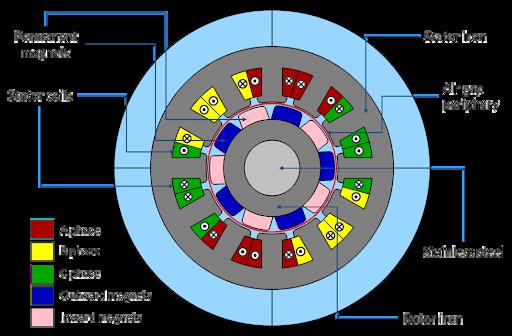

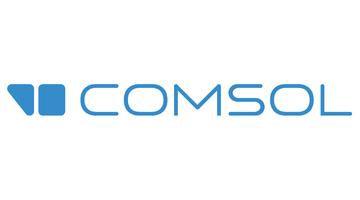 BY: DR. RAHUL BHAT, SENIOR APPLICATIONS ENGINEER, COMSOL
BY: DR. RAHUL BHAT, SENIOR APPLICATIONS ENGINEER, COMSOL
From a modeling and simulation perspective, a permanent magnet motor (PMM) includes four main constituents: the stator iron, rotor iron, rotor permanent magnets, and stator coils The stator excitation usually consists of three phases: A, B, and C. The excitation pattern shown in the PMM schematic (Figure 1) is just one of the ways in which a 12 slot, 10 pole machine can be excited In this article, we'll explore aspects of PMM design using the COMSOL Multiphysics® simulation software
We give the rotor an initial angular displacement and vary the angle over an angular span of a rotor magnet. Then we calculate the average torque value over the entire range.
Let’s look at Figure 1 in terms of generating maximum electromagnetic torque By adjusting either the initial rotor position or phase of the stator coil excitation, we can apply the maximum torque to the rotor We give the rotor an initial angular displacement and vary the angle over an angular span of a rotor magnet Then we calculate the average torque value over the entire range Because of this, it's easy to visualize the relative positions of the stator and rotor that produce the maximum torque. When exciting the motor, we choose the rotor's initial position corresponding to the maximum average torque In the plot of the average torque curve (Figure 2), we observe two maxima:
The initial angular position corresponding to the positive maximum will result in counter clockwise rotation The initial angular position corresponding to the negative maximum will result in clockwise rotation
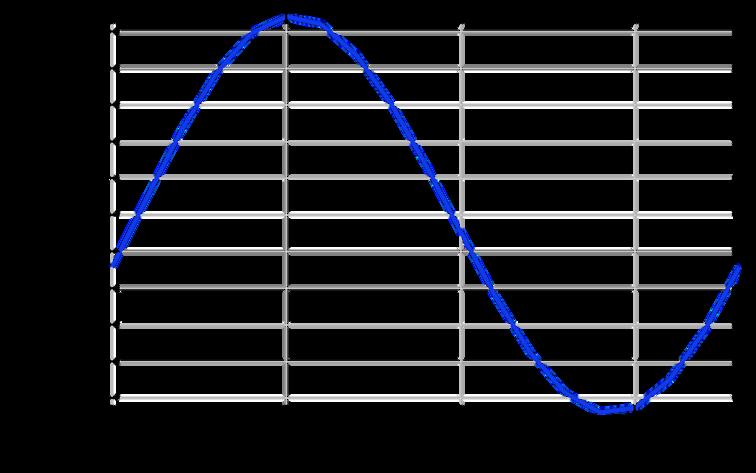
By observing a surface plot of magnetic flux density, we can gain insight into the performance of the machine
In this example, we vary the thicknesses of the rotor and stator iron and examine their influence on rotor torque The initial rotor angle of 20° corresponding to the positive maximum was chosen for this study The surface plots of the magnetic flux density for the three thickness values (Figure 3) can be used to inspect the iron utilization and correlate them with the corresponding torque waveforms It can be inferred from the plots that optimal iron utilization occurs when the iron thickness is 2 mm.
Figure 3 Magnetic field distribution for different values of iron thickness Left: 1 mm Middle: 2 mm. Right: 3 mm.


We can also evaluate the effect of varied iron thickness on iron losses, while analyzing the flux density and EM torque COMSOL Multiphysics® has a Loss Calculation feature that can be used to easily compute copper and iron losses via:
The Steinmetz equation

The Bertotti formulation
A user defined loss model
Figure 4 The variation in rotor torque waveform with iron thickness
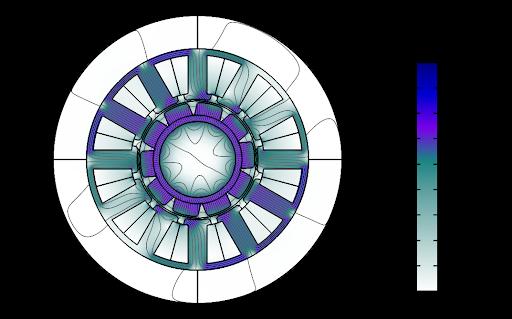

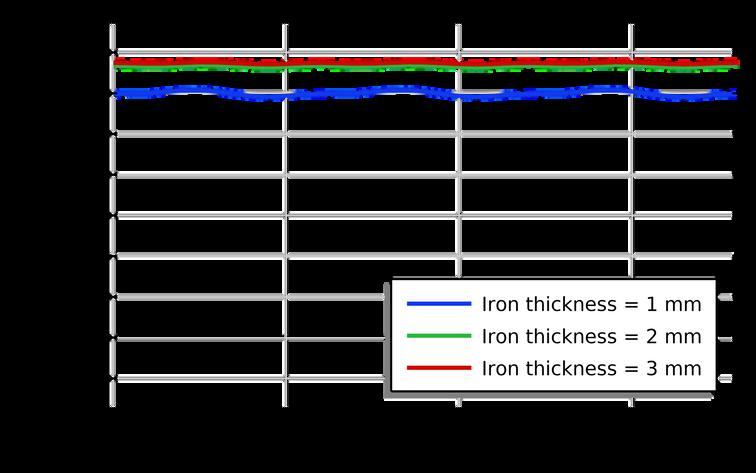
From a modeling and simulation perspective, a permanent magnet motor (PMM) includes four main constituents: the stator iron, rotor iron, rotor permanent magnets, and stator coils.
In this article we have discussed a few key capabilities of COMSOL Multiphysics® for investigating the different design and performance aspects of a rotating machine
COMSOL Multiphysics is a registered trademark of COMSOL AB
Figure 5 Iron loss distribution for three different values of iron thickness Left: 1 mm Center: 2 mm. Right: 3 mm.
FIMER is a global leader in Solar Inverter Technology for solar systems and E mobility solutions.
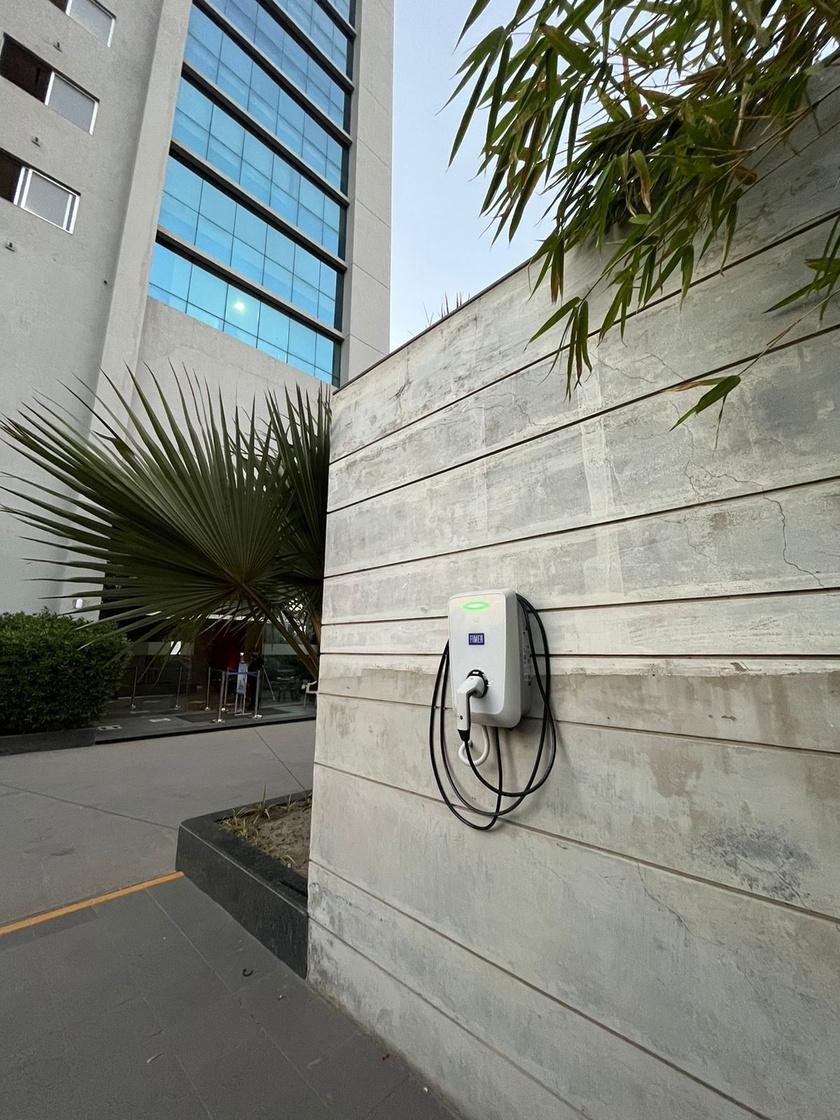

With one of the broadest portfolios of solar and storage solutions for all solar applications, we shape the future of renewable energy For us investing and working in the solar and e mobility sectors is a strategic choice for building a better world to leave to future generations We are committed to leveraging the energy playing field to serve growing demands with clean, affordable energy which truly benefits people and places
FIMER is proudly “Made in Italy” with its headquarters and production plants located in Italy (for Global products) and India (for the local market) At FIMER, commitment to sustainability is our mission We are working at zero impact global headquarters in Vimercate (Italy), with an installation of a 1MW system, highly sustainable materials, and the best technologies in the field of geothermal energy have been our practice so far

The evolution of our brand reflects a history of growth Ambition for continuous growth, passion for innovation, and foresight is part of our tradition and so the small business founded in 1942 has become a leading global company in a future oriented business
In 2020 our identity has been significantly renewed in line with an extraordinary moment of transformation
Our DNA and our values are the same, but with the acquisition of ABB’s solar inverter business, FIMER has evolved into a new dimension and celebrates this occasion with a new visual brand appearance
Global repair centers: 12 in 5 continents
Active in EV charging: since 2017
R&D based in Italy, Production sites based in Italy & India
Installed Capacity: 55GW+
We work every day to improve our solutions, providing customer support and developing new technologies that respond better and better to the challenges of the future.
Our vision is to shape a new and powerful energy model that uses the power of the sun to drive progress and prosperity for a cleaner and sustainable world
As a global leader in solar inverter technology, we have the energy to make positive change happen We are committed to leveraging the energy playing field to serve growing demands with clean affordable energy which truly benefits people and places
FIMER is the right partner, with advanced solar and EVC solutions that can help drive your business forward The powerful combination of agility and experience allows you to expand your offering and deliver bigger and better solar installations With a high future focus on investment in R&D service experience and company brand recognition, FIMER, as a European brand, will take a leading role in the solar inverter business and will help you make your business more successful and profitable
FIMER today is a company that is 100 percent involved in sustainability and committed to Innovation and Customer centricity We are now a strong player in the energy transition market with an ambition to come the solar sector’s technology leader. With our work, we want to enable our customers to successfully provide a greener and smarter energy solutions leading the way. We work every day to improve our solutions, providing customer support and developing new technologies that respond better and better to the challenges of the future Thanks to the continuous evolution of our offer, our inverters guarantee such high yields that they produce more energy than the market average
Preserving our leading position in the market, with an innovative approach, we offer highly reliable solutions, thanks to the continuous technological development of our portfolio carried out in R&D centers
We place customers at the heart of our day to day work creating a unique collaborative relationship with unrivaled post sales assistance.
In the e mobility sector, our research and development activities assure cutting edge technologies to offer reliable and innovative solutions, that meet the growing needs of the market We are shaking up the future of mobility, leading the way to a New Electric Era In general, we will see a strong distinction between distributed energy and the centralized model and storage will be one of the stronger players in the market in the next year or so

The electric mobility’s global market continues its unstoppable growth both in terms of registrations of "hybrid" (PHEV) and "full electric" (BEV) vehicles and, at the same time, the need to offer charging infrastructures is increasing
Since 2017, we have been working with the main players in electric mobility, developing and manufacturing charging solutions for electrically powered vehicles, and we do so by listening to the needs of future generations of vehicles We have developed platforms, both in DC and in AC, designed to meet the diverse needs of users who are seeking solutions for private public and commercial use
Our FIMER FLEXA AC Wallbox, FIMER FLEXA AC Station and FIMER ELECTRA (Fast) DC Station, all easy to install, certified and customizable, cover today the different needs of the market
To date, we have supplied more than 54,000 charging stations, both AC and DC, developed on specific needs of our Customers
We are a tier one Italian company and a leader in the industry We are one of the European companies in the world involved in sustainability, renewable energy and electric mobility FIMER has launched a new, upgraded aftersales portfolio for installers, providing an industry leading service package for its range of solutions across the utility scale, C&I and residential markets
New features include faster customer response and turnaround times, 24 hour shipment of parts, and full technical support for any retrofit, upgrades or on site repairs FIMER is also introducing a new easy to use online ticketing system to make the process as simple and streamlined as possible, as well as offering installers the opportunity for online and on site training, extended warranties, and a full post service survey to ensure all of the project‘s objectives have been fulfilled
FIMER headquarters are based out of Vimercate, Italy The organization is headed by Filippo Carzaniga, Operative Director India operations are headed by KN Sreevatsa, Country Managing Director, based out of Bengaluru, Karnataka.
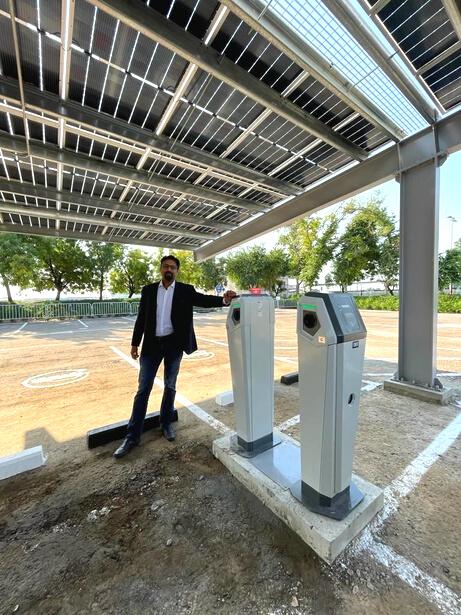
FIMER has an installed base of > 55GW+ worldwide spread across 100 countries FIMER recently supplied its REACT2 Hybrid inverter and EV AC type charging station to the Indian Institute of Science (IISC) for a prestigious India UK partnership under the Innovating for Clean Air (IFCA) program by Energy System Catapult, UK
From powering India’s biggest 750MW Solar REWA park to electrifying over 400 villas in Dubai, from solarizing airports in Africa to powering up energy projects in cold regions like Antarctica and Finland; from bringing in easy access to energy in smaller countries like Nepal to revolutionizing entertainment places like breweries in Australia FIMER has touched the lives of a billion people across the world!
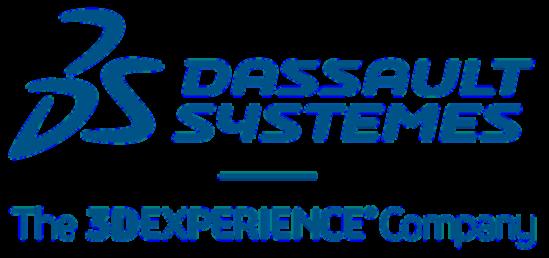
Dassault Systèmes, the 3DEXPERIENCE Company, is a catalyst for human progress
We provide businesses and people with collaborative 3D virtual environments to imagine sustainable innovations By creating virtual twin experiences of the real world with our 3DEXPERIENCE platform and applications, our customers push the boundaries of innovation, learning and production Dassault Systèmes brings value to more than 290,000 customers of all sizes, in all industries, in more than 140 countries For more information visit www.3ds.com
The 3DEXPERIENCE platform helps customers in many industries transform their business by changing the way people work and as a result significantly improving business outcomes New Electric Vehicle innovators and global OEMs have many challenges in common Competition has never been greater to converge new EV concepts, support early feasibility, engineer the highest battery performance and accelerate innovative vehicles to market, all while optimizing costs, quality and the customer experience in an extremely short time
Electro Mobility Accelerator solutions provide the industry proven capabilities to germinate new EV vehicle ideas, explore regional options, virtually simulate and validate battery and drive train performance including power electronics, and ensure flexible lean manufacturing all on one secure powerful platform Global industry leaders have relied upon our 3DEXPERIENCE cloud based applications to capture and assess social media intelligence, analyze market demand, then develop and deliver customer preferred innovations to market, faster and more efficiently than their global competitors

The unique challenge posed by the integration of new technologies (including LiDAR and other advanced sensing devices, batteries, new broadband antennas, electric drives and power electronics), along with the need to improve efficiency, calls for new solutions and applications that will better integrate engineering disciplines to help engineers look at vehicle performance in a new, more holistic way Dassault Systèmes with its family of brands is tackling this very challenge with solutions and key technologies to design, evaluate and optimize EV in an interconnected, multidiscipline framework. Some benefits of Electro Mobility Accelerator are:

Accelerate optimal innovation
Provide an all in one collaborative cloud (or on premise) environment to imagine, create, design, simulate and deliver new mobility concepts and services
Enable better productivity and save costs
Track ideas from initial concept to customer delivery, with integrated governance to improve productivity and reduce development costs
Dassault Systèmes with its family of brands is tackling this very challenge with solutions and key technologies to design, evaluate and optimize EV in an interconnected, multidiscipline framework.
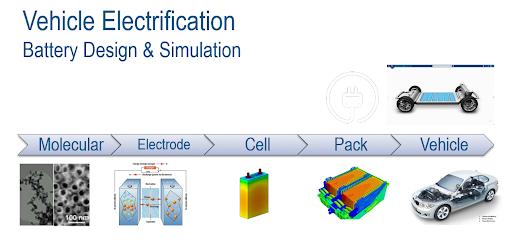
Imagine more new innovative vehicle concepts and validate feasibility faster
Create and validate better innovations Boost efficiencies and reduce the time to market cycle
Deliver robust innovation with proven end to end engineering solutions to shorten time to market


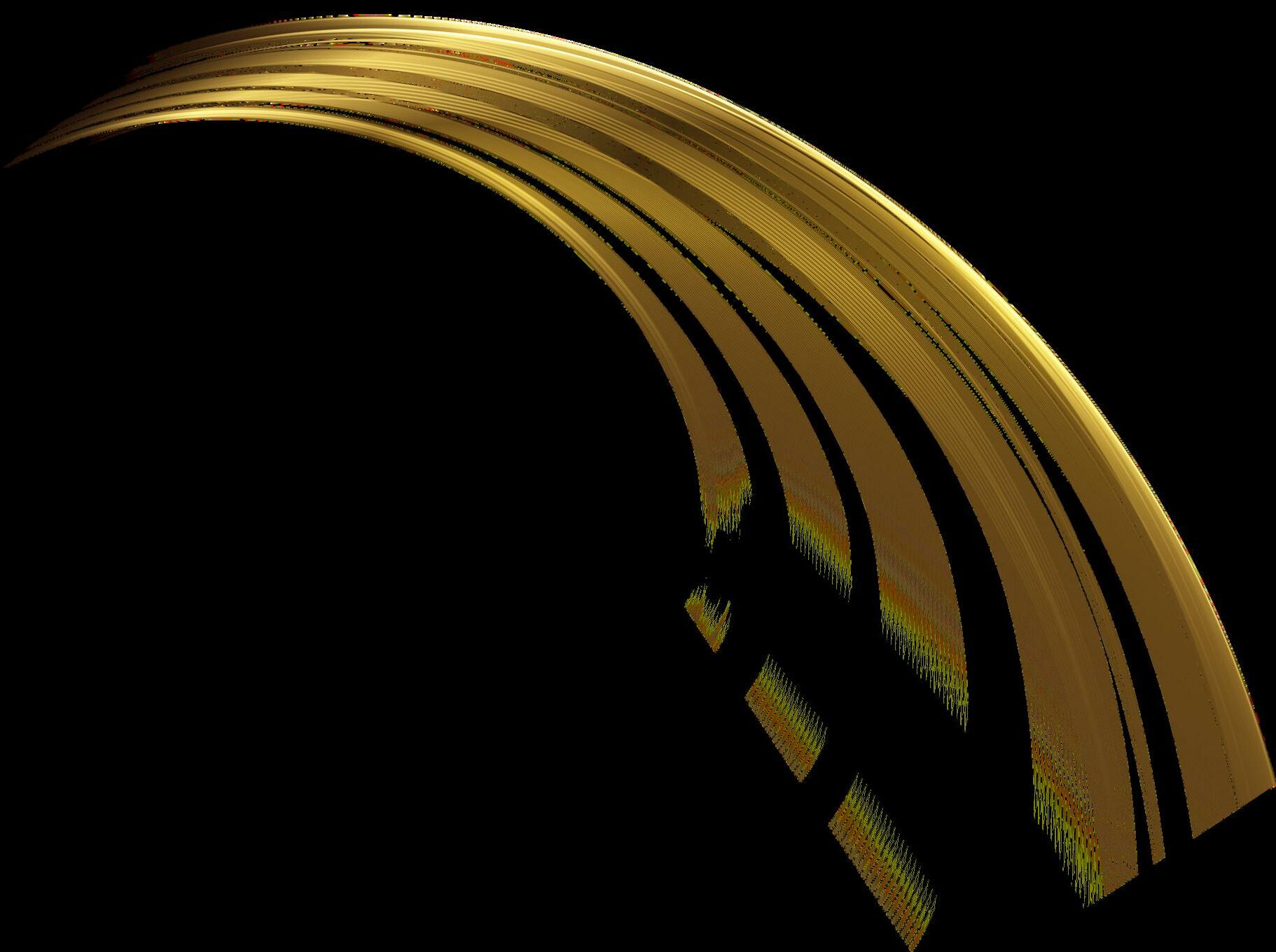
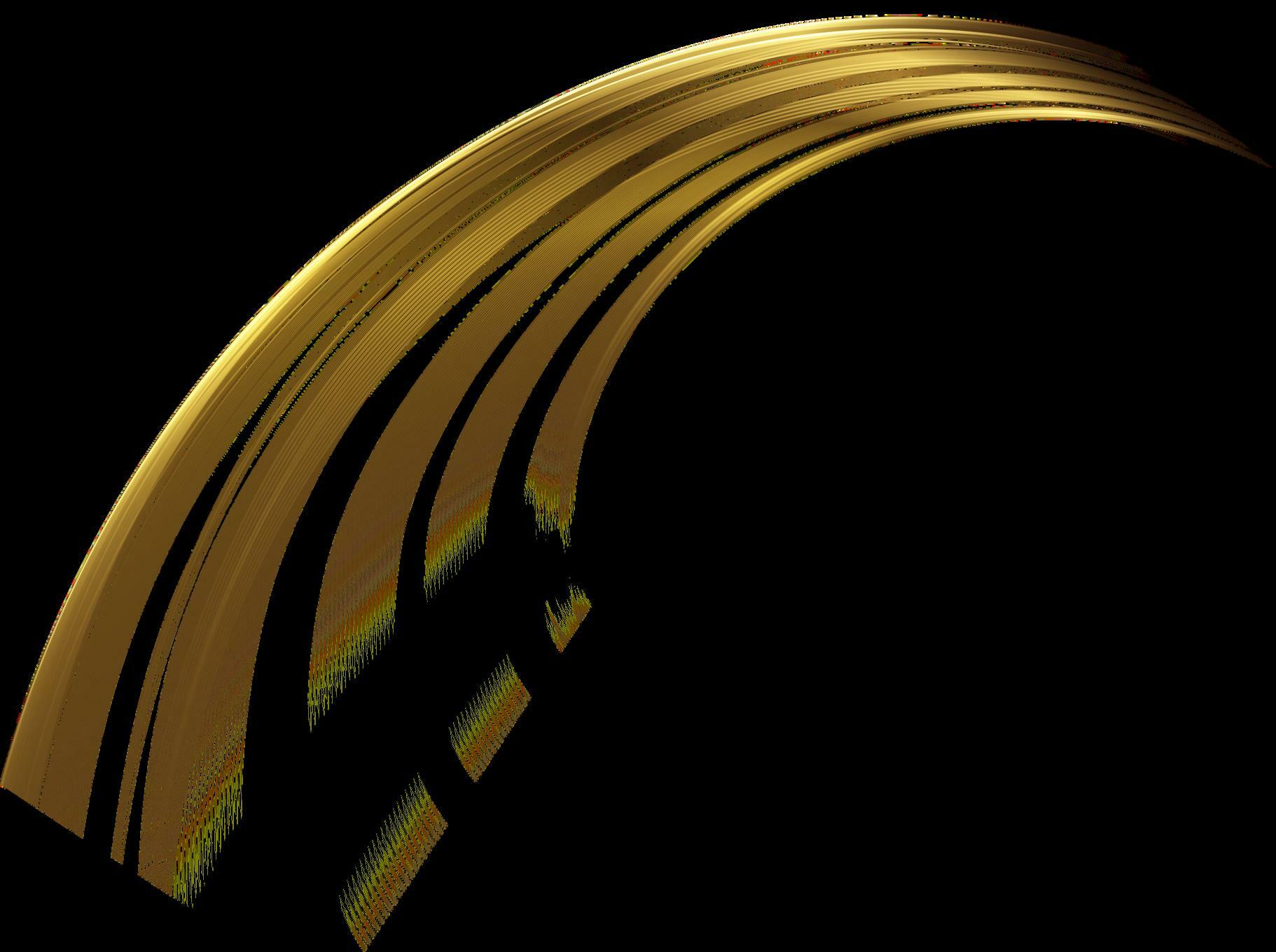








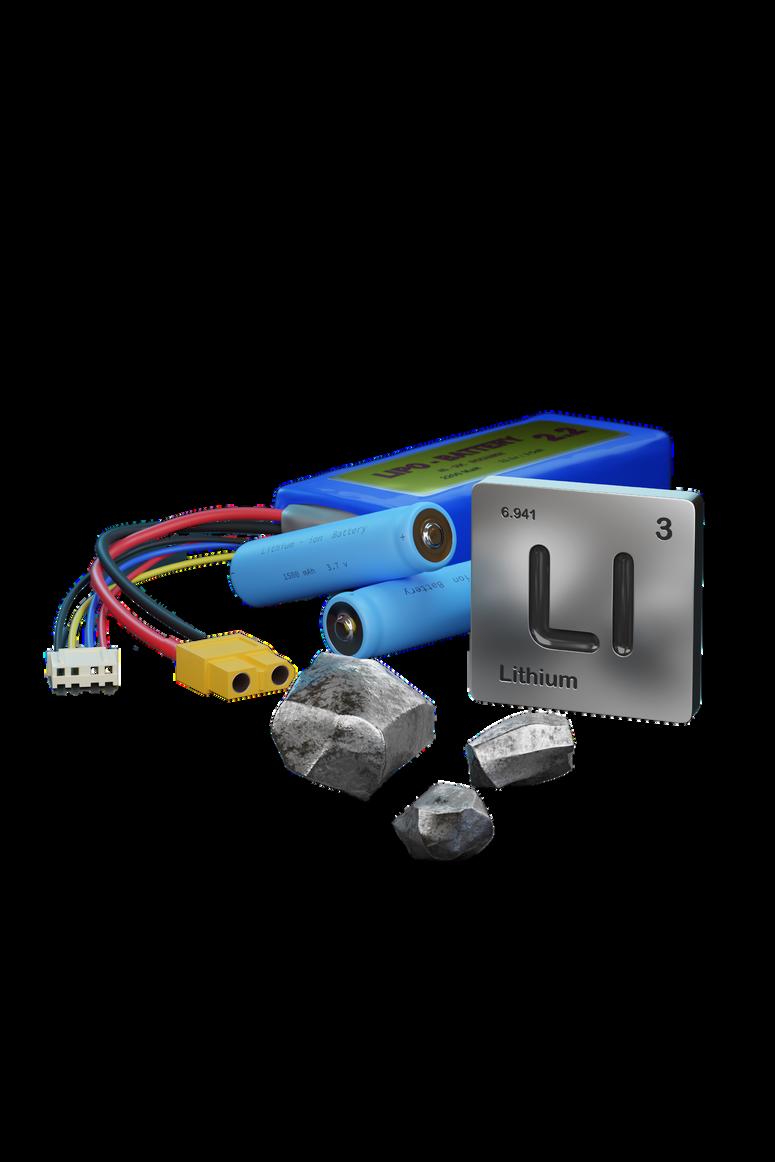
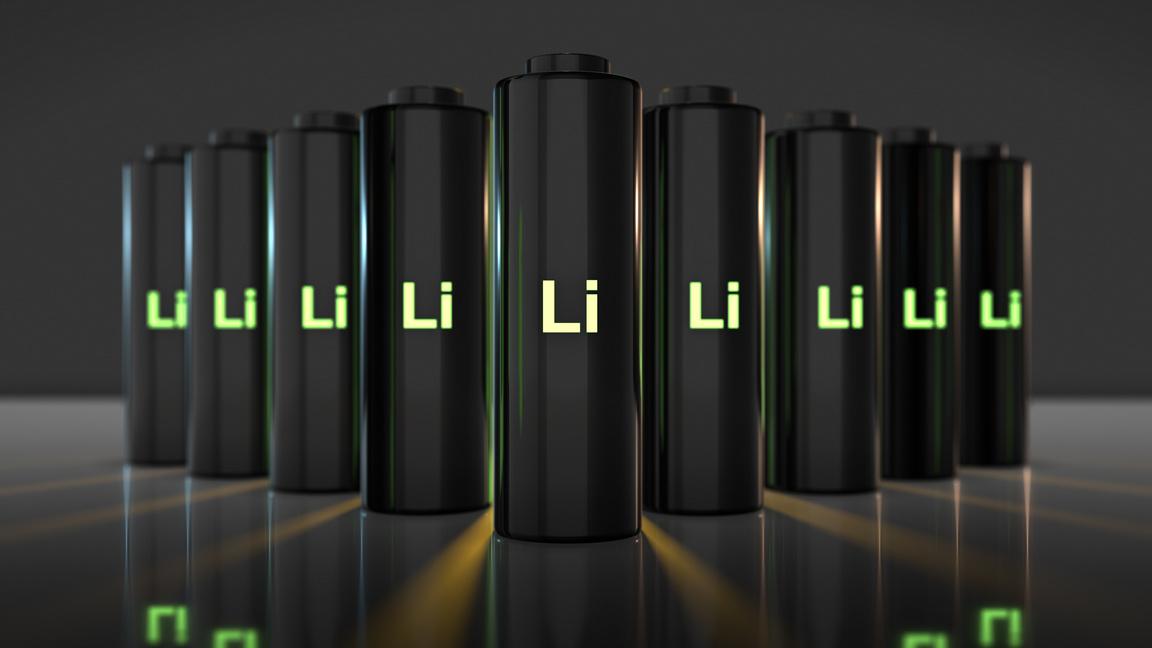
 DR ANJALI SINGH
RESEARCH SCIENTIST, STRATEGIC STUDIES SECTOR, CENTER FOR STUDY OF SCIENCE, TECHNOLOGY AND POLICY (CSTEP)
DR ANJALI SINGH
RESEARCH SCIENTIST, STRATEGIC STUDIES SECTOR, CENTER FOR STUDY OF SCIENCE, TECHNOLOGY AND POLICY (CSTEP)
In terms of material demand, SSBs require 35% more lithium as compared to LiBs, but lesser cobalt and graphite Cobalt is a critical raw material (CRM), which is used in large quantities in manufacturing conventional LiBs The near monopoly of the Democratic Republic of Congo region over cobalt mining is a concern for its supply and pricing A shift to SSB will reduce cell manufacturing industries’ dependency on cobalt by 45%. Currently, the two well known chemistries used in EVs are nickel cobalt manganese (NMC) and lithium iron phosphate (LFP) Due to the huge cost reduction (owing to the elimination of cobalt use) offered by LFP SSBs, they are being promoted by leading automobile companies
The ongoing transition from fossil fuel to green fuel is a giant step that every country is willing to take irrespective of its challenges in a bid to achieve the net zero emissions goals by 2050 Large scale electric vehicle (EV) adoption is one of the ways of achieving these ambitious goals However, the challenges associated with conventional lithium ion battery (LiB) technology a key component of EVs threaten to slow down the adoption of EVs at a mass level
Currently, LiBs are beset by limited energy density, shorter lifespans, and safety issues, which can derail the green fuel transition process EVs require safe, lightweight, fast charging, and durable batteries, in order that the end users to accept them LiBs lack these features due to the presence of liquid electrolytes (the chemical that allows lithium ion flow between the cathode and anode terminals of a battery) On the other hand, solid state batteries (SSBs), which are made of solid ceramic material (instead of liquid electrolytes), are lighter and safer as compared to conventional LIBs
Solid electrolyte offers better conductivity than liquid ones, resulting in a 25% to 30% enhancement in power and energy density Further, one third of the EV weight comes from LiB, which can be reduced significantly by shifting to lightweight SSBs Also, SSBs can be charged six times faster than LIBs
This year, some southern states of India witnessed a series of explosions in electric two wheelers during peak summers One of the factors responsible for these explosions is the liquid electrolyte used in LiBs These batteries can swell due to temperature variation or even leak from mechanical stress, thus becoming fire hazards In fact, poor safety is the most worrisome aspect of using LiBs Conversely, SSBs have excellent safety, which is their biggest advantage Moreover, SSBs can withstand extreme weather conditions ( 20 ᵒC to 80 ᵒC), making them ideal for tropical countries like India.
SSBs have shown great potential in early research and will be a technology to watch out for in the future However, despite the lower cost, better safety, and longer running range, the success of SSB will depend on a broad range of other factors such as the future EV industry demand and the manufacturers’ ability to overcome the initial manufacturing cost Also, the mass production of SSBs and finding suitable materials for use as electrolytes will be some of the major challenges in the context of their commercialization Given the rapid increase in battery demand, SSBs along with LIBs can be a great asset
 VINUTAA S
VICE PRESIDENT & SECTOR HEAD CORPORATE RATINGS, ICRA LIMITED
VINUTAA S
VICE PRESIDENT & SECTOR HEAD CORPORATE RATINGS, ICRA LIMITED

India remains a laggard in EV charging infrastructure penetration. However, like most global counterparts, the policy push has been strong in India as well, to increase the number of EV charging stations
We expect a healthy electric vehicle (EV) penetration in India over the next five years, especially in the e 2W, e 3W and e bus segments To achieve healthy EV penetration, the expansion of charging infrastructure will play a critical role Currently, there are only less than 2,000 public charging stations in India with a concentration in a few states and that too primarily in urban areas.
India remains a laggard in EV charging infrastructure penetration However, like most global counterparts, the policy push has been strong in India as well, to increase the number of EV charging stations To capitalize on the potential opportunity in the space, several PSUs and private players have also announced plans to foray into charging infrastructure About 48,000 chargers over the next 3 4 years are expected at an investment of Rs. 14 000 crore.
In order to increase the EV charging network, the Government of India (GoI) has allocated a total outlay of Rs 1,300 crores for the same in the FAME scheme Further, the GoI has proactively amended guidelines for charging infrastructure development in the country in January 2022 The revised policy has simplified land and electricity procurement and issued guidance on locations of priority for EV charging infra installation This apart, several states have also subsidized electricity procurement tariffs for EV charging stations Overall, the policies aim to proactively promote more EV charging stations with a sizeable part of the population expected to have charging infra access in the next 3 5 years
However, the EV charging infrastructure business is capital intensive. Even excluding land the initial upfront cost is approximately Rs 29 lakhs, without subsidy This apart, the operating costs are over Rs. 10 lakh/year, thus making asset utilization critical It would take about 4 years for an EV charging station to break even based on current expectations of EV penetration and commensurate asset utilization (30% in 4 years), without accounting for any subsidy The localization is only 10 15% currently, with the hardware components largely imported from China and Taiwan An increase in localization can have cost savings.
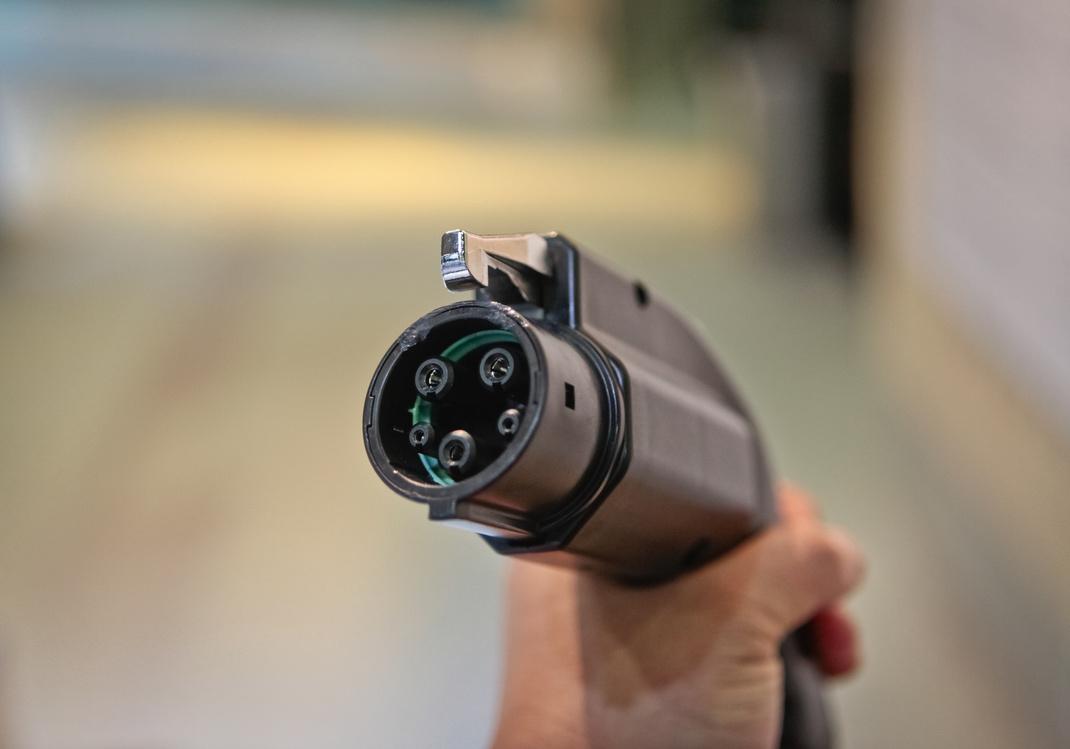

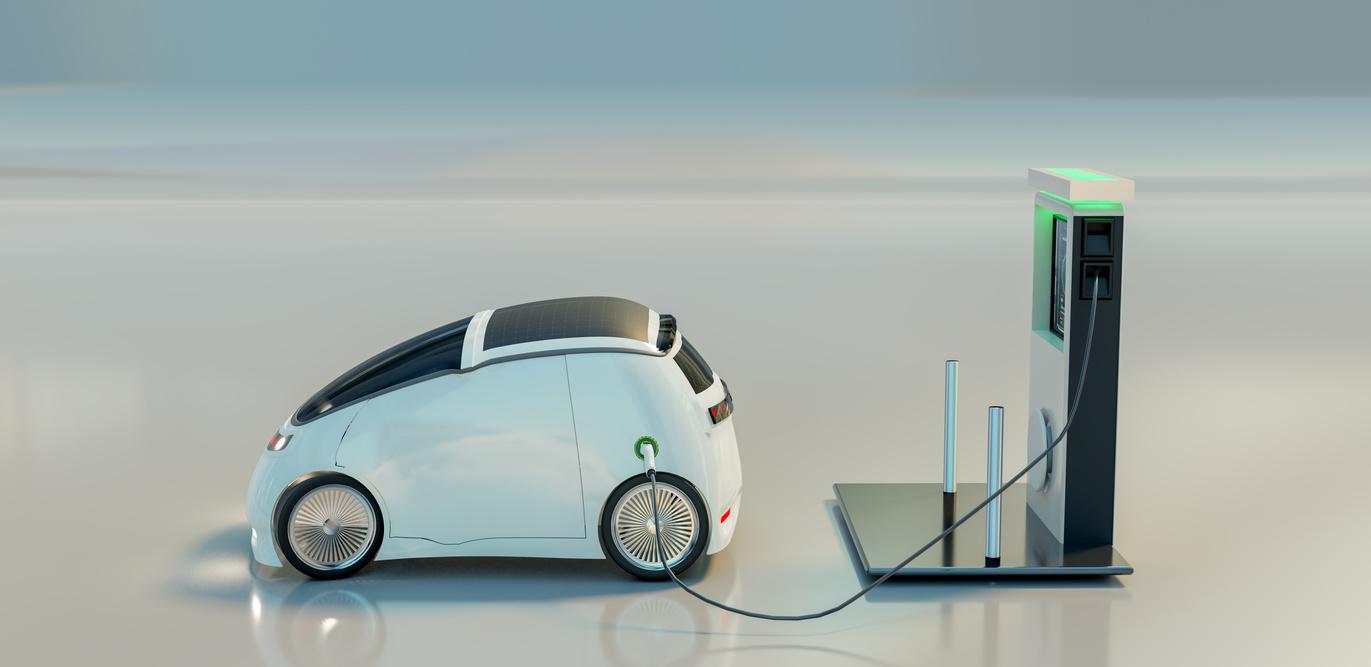
Battery swapping is an alternative solution instead of developing EV charging infrastructure, especially for commercial applications This is also currently in the nascent stages in India Battery swapping is advantageous it is a quick way of recharging a vehicle and is cost and time efficient It reduces the upfront cost of EVs, as battery ownership is replaced by battery leasing There is increased predictability of battery life due to controlled charging conditions However, ensuring interoperability, adequate financing availability and maintaining sufficient battery inventory can prove to be challenging
In the Union Budget for FY2023, the Government of India announced plans to introduce a battery swapping policy and interoperability standards and subsequently, NITI Aayog released a draft battery swapping guidelines It is a step in the right direction and provides guidance on multiple areas including interoperability, traceability and data sharing, business models, fiscal support, grievance redressal, battery reuse/recycling and implementation of battery swapping stations, to ensure faster penetration of battery swapping in the Indian market

 SENIOR MANAGER, ELECTRIC MOBILITY, OMI FOUNDATION
SENIOR MANAGER, ELECTRIC MOBILITY, OMI FOUNDATION
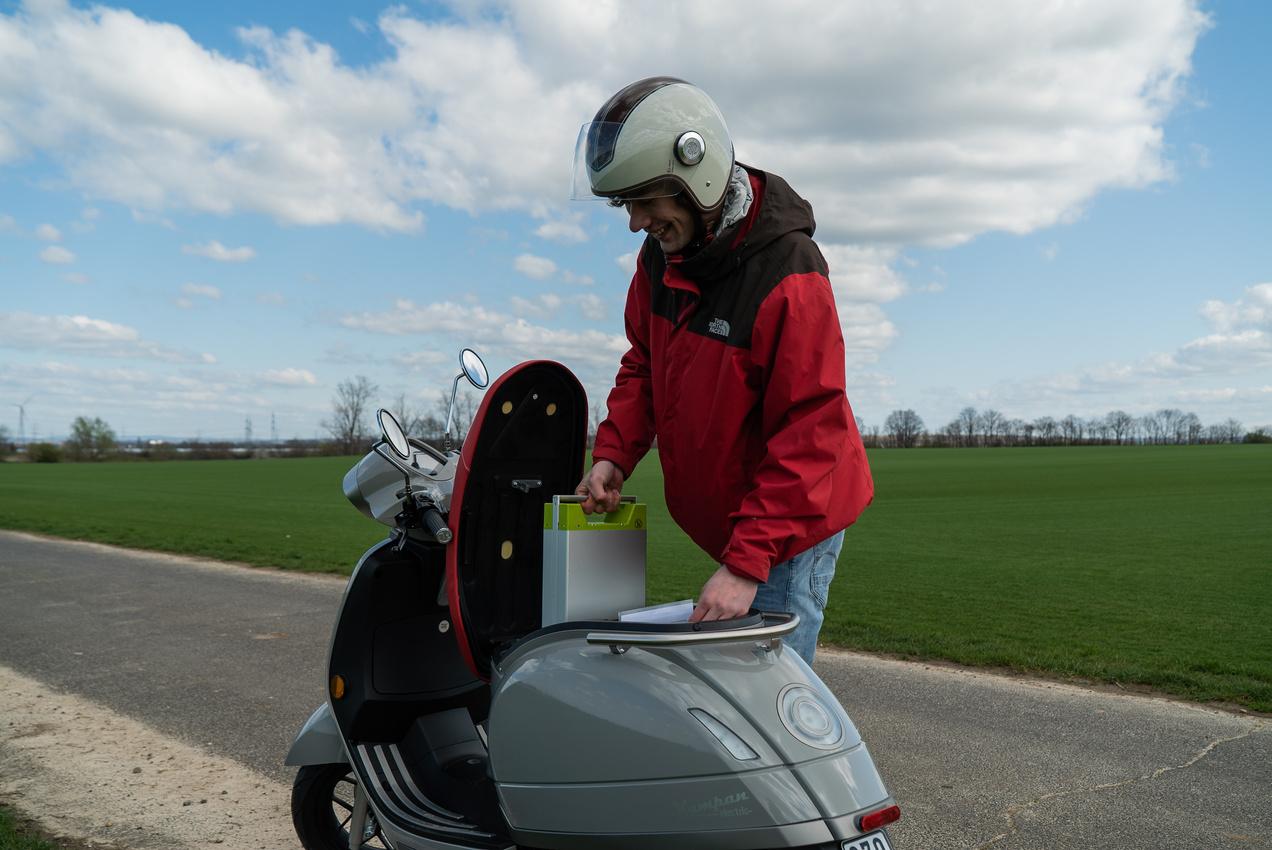

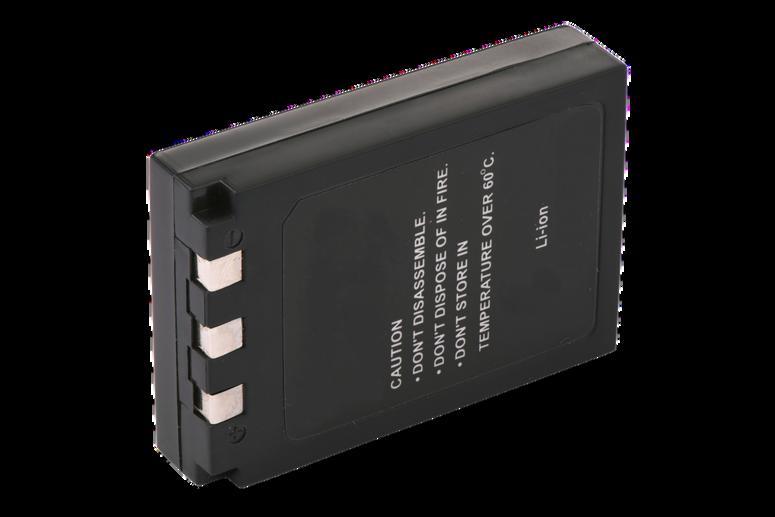
India’s trade bill for lithium ion battery (LIB) cells stood at over $1 billion in the financial year 2020 21 alone, and the dependency on imported LIB is only expected to rise given the faster adoption of EVs in the country.
Critical metal prices have been rising over the last few years, fuelled by growing demand for Lithium ion batteries Recent geopolitical tension has only added fuel to fire, with supply chain disruptions (IEA 2022) hurting production and forcing companies to hunt for alternate suppliers The resultant impact can be felt in the Electric Vehicle (EV) market with prices remaining elevated in comparison to ICE Vehicles: a major deterrent in price sensitive markets like India Its impact on the burgeoning import bill is an added woe
India’s trade bill for lithium ion battery (LIB) cells stood at over $1 billion in the financial year 2020 21 alone, and the dependency on imported LIB is only expected to rise given the faster adoption of EVs in the country A NITI Aayog report pegs the cumulative battery energy storage demand from 2022 to 2030 at 600 GWh, assuming Business as Usual (BAU) scenario with majority of its use cases being drawn on Electric Mobility Reliance on lithium ion batteries alone will only add a chink in the armor While the government’s Production linked Incentives Scheme aims to incentivize local manufacturing of Advanced Chemistry Cell (ACC) batteries, the paucity of lithium, cobalt and nickel reserves in the country means global supply chain disruptions will continue to impact production The answer may lie in incentivizing investments in new battery chemistry Research & Development (R&D) with the aim of reducing our dependence on critical metals The government can help kick start the process.
A dedicated National Funding Agency aimed at supporting long term R&D in new battery chemistry using non critical metals will help provide a fillip, currently missing from the Faster Adoption and Manufacturing of Hybrid and Electric Vehicles (FAME II) Policy Incentives such as investment subsidies, tax benefits and priority procurement can be channelized through such an agency, while anchoring it on specific benchmarks
The Prime Minister’s Economic Advisory Council has recently echoed the very thought recommending that India’s R&D exposure be pegged at least 2% of GDP, with individual ministries being mandated to earmark funds to support research
Increased emphasis on new battery chemistry research will also need to address a specific problem that of wide temperature variances in the country India’s tropical climate and increasingly erratic weather conditions warrant homegrown solutions.
Government run incubation centres have emerged as one of the most fertile grounds for innovation in the country, prompting the ask for more such centres for bootstrapped innovators and researchers to experiment and create solutions for the challenges we face today
India has a lead in Electric Mobility with adoption picking up pace Innovation and R&D will only cement our position as an EV hub not just among developing nations, but across the globe if we manage to reduce our dependence on raw material imports.


Charging station losses of ~3%, energy consumption by the liquid cooling system of the charger of ~4%, and battery charging efficiency losses of ~5% add up to 12% in total losses. As an EV owner, you thus need to pay up to 12% extra on the electricity actually used for charging the vehicle
You have just bought a brand new and torque y electric vehicle. You’re thinking how great it would be if you could just spend the usual five minutes “refueling” it, which we are all accustomed to, and hit the road again For this habit, you have the high energy density and the liquid state of gasoline to thank It has been making life easy for automotive users, i e , humans, around the world But since we have started realizing that this little convenience is fast mutating from having a deleterious effect on the climate into actually becoming a potentially catastrophic climate event for a lot of life on Earth, we are looking towards EVs as a solution. The big question is this: We can solve for technology, but can we solve for the sheer force of habit?
For vehicles based on electrochemical storage to flourish, we need to solve the problem of quickly charging them up when they are drained This is, of course, easier said than done This problem is manifold, so let’s peel it back and take a closer look
Colloquial terms like “5 min charging” or “15 min charging” mean different things for different vehicles Every vehicle has a different battery capacity, which means that even at the same charging rate, it takes a different amount of time to charge up We also have a variety of vehicle types two wheelers, three wheelers, cars, pick up trucks, and so on which have very different battery configurations, as well as varying electrical and electronic setups Smaller vehicles like two wheelers can have small charging sessions with 50 kW chargers A typical 4 kW battery pack can be charged in close to 10 minutes this way However, a vehicle with, say, a 50 kWh battery would require 150 kW to charge in 20 minutes, and a vehicle with a 100 kWh battery would require 350 kW to charge in 18 minutes
The famous Lucid Air ultra fast charging test shows that 350 kW charging is just 10 15% faster than 150 kW for a full charge However, 350 kW is much faster at low state of charge and partial charging From an EV owner’s perspective, ultra fast chargers are good for small charging sessions at low SOC. But let’s not forget losses for ultra fast charging Charging station losses of 3%, energy consumption by the liquid cooling system of the charger of ~4%, and battery charging efficiency losses of 5% add up to 12% in total losses As an EV owner, you thus need to pay up to 12% extra on the electricity actually used for charging the vehicle Looking at the positives, this is a hint that ultra fast charging could be great for urban use
However, for battery life optimization, small charging sessions at low SOC may not be ideal Charging safety and cell longevity depend on a lot of factors, such as cell chemistry, operating conditions, vehicle load profiles, charging frequency, and charging protocols
Next, for enabling fast charging and ultra fast charging, it is crucial that the vehicle battery is set up in a way that can support these levels of power and current delivery into each battery cell This is typically a function of the charger, BMS, and VCU The higher the rate, the greater the risk, and the higher the cost This obviously accrues to the cost of the vehicle, but it also translates to the cost of the charging station itself Fast chargers are complex and costly and require infrastructure support Ultra fast chargers best operate at 400 1000V Thus, a great deal of demand for fast charging would transfer this cost further upstream requiring more power upgrades to the electrical grid
With this background in mind, if we were to design a city that is good for EVs to drive in, we would have to fill it with the fewest number of charging stations that minimize queues and waiting time If all chargers are slow chargers, there is bound to be a queue at some point So far, we also know that it is infeasible to have an infrastructure with 100% fast or ultra fast charging stations to cater to a variety of customers. Hence, from a first principles view, the right metric to maximize would be the proportion of number of quick charging sessions to the number of normal charging sessions that an individual vehicle can safely go through over the course of a week or a month, while maintaining good battery health This is, at the very least, a function of cell design, charging protocols, charging station availability, and cost to the customer
Setting up charging infrastructure is a combination of policy moves and industry anticipation While there is no question that infrastructure for fast and ultra fast charging is essential for long haul travel as well as large vehicles like trucks and buses, the EV adoption problem in retail customers is also crucial to solve It is a boon from the EV owner’s perspective to be able to rather quickly replenish enough energy in the vehicle to travel around the city without range anxiety With the right mix of industry collaboration and engineering informed. policy making around charging infrastructure, fast and ultra fast charging setups can be a game changer
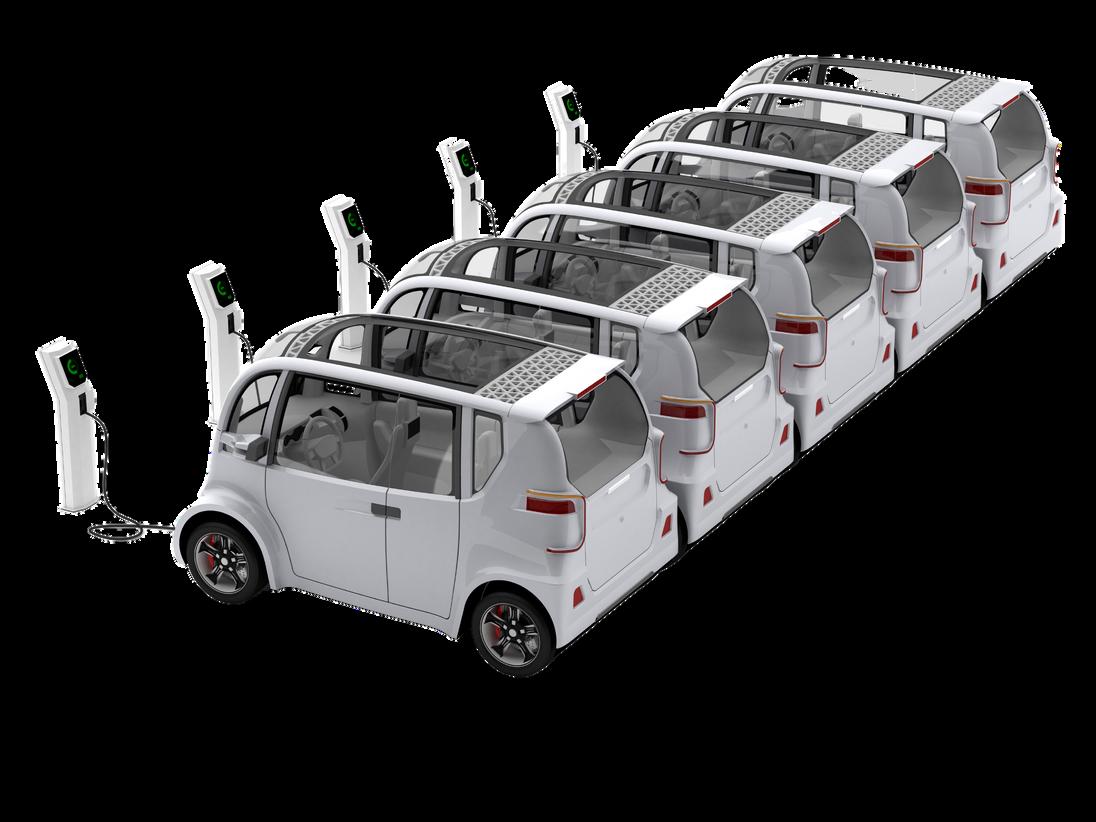

 SENIOR PROGRAM MAN ELECTRIC MOBILITY, CIT WRI INDIA
SENIOR PROGRAM MAN ELECTRIC MOBILITY, CIT WRI INDIA
 MR. YASH KHANDELWAL
MR. YASH KHANDELWAL
(MRL) process is carried out from lab to application to understand the overall risks associated with the manufacturing and commercialization of batteries Even after showing high potential, many battery technologies fail to emerge competent in practical usage, getting rejected in the intermediate steps Batteries that pass through these screening steps move towards production and hence the real world application
The global demand for phasing out fossil fuels has amplified the conversations about adopting Battery Electric Vehicles (BEVs) Having superior features like a long lasting driving range, compact size, enhanced cycle life, and decreasing prices, Lithium ion Batteries (LIB) have gained demand for powering EVs globally Scalable chemistries like Lithium iron phosphate (LFP) and Lithium Nickel Manganese Cobalt (NMC) are the dominating LIBs of the EV market Whereas LFPs have lower costs, NMCs have relatively higher energy density. These cathode materials complemented with Lithium Titanium Oxide (LTO) anodes, enhance performance, introduce fast charging capability, and increase their operable temperature range
Whilst traditional LIBs play a pivotal role in the electrification of the transport sector, they face accessibility, performance, and safety related issues Increasing demand for rare and geographically constrained metals can induce material criticality in LIB manufacturing in the coming years Moreover, chances of thermal runaways, short circuiting, and battery fires pose a serious safety risk for EV users Although active research is ongoing for developing next gen Li based batteries, the associated material criticality has necessitated a robust diversification of battery technology to reduce import dependence for countries like India
The OEMs aim to develop new batteries which are economical, better performing, accessible, safer and have positive socio environmental impacts While various novel technologies show potential, they require at least a ten years gestation period before entering the market In this duration, they pass through nine steps of the Technology Readiness Level (TRL), getting tested in the innovation phase for theoretical design and performance; prototype testing phase for multilevel assembly, practical application, and thermal safety; and finally through the production phase
Traditional LIB though is the technology of the present better performance, and energy capacity are required as EV penetration increases in the transportation sector Despite this, standing at TRL 8 and MRL 9, it is well developed and has fewer commercialization barriers Therefore, any innovations in the current technology have a higher probability of reaching the market than alternative battery techs
Consequently, researchers are paving pathways for next generation LIBs modifying material (Cathode Anode and Electrolyte) and optimizing the design at cell, module, and battery pack levels At the cathode level, progress is made to eliminate the toxic, scarce, and expensive cobalt from NMC cathodes by developing advanced chemistries like LNMO, and substituting manganese in LFP cathodes (LMFP) to increase voltage and energy density In a step toward the development of safe electrolytes, commercialization of solid state electrolytes is expected by 2023, which can improve thermal endurance and increase the energy density of LIBs to as high as 390 Wh/kg. Various anode chemistries like LTO, silicon, and graphene, having substantially high energy densities are developing to replace graphite, improving the Key Performance Indicators (KPIs) of the LIBs
In the battery design pathway as well, technologies like LFP blades are getting adopted Their optimized cell to pack ratio, which comes from the elimination of cell modules, increases space utilization by 50%, enhancing energy density compared to regular block batteries Moreover, various LIBs are transitioning from 18650 and 26650 type battery cells to more capacity holding cells in the range 21700 4680, and developing optimized packaging technology Once commercialized, OEMs can utilize these advanced cells to improve performance which can benefit the end users
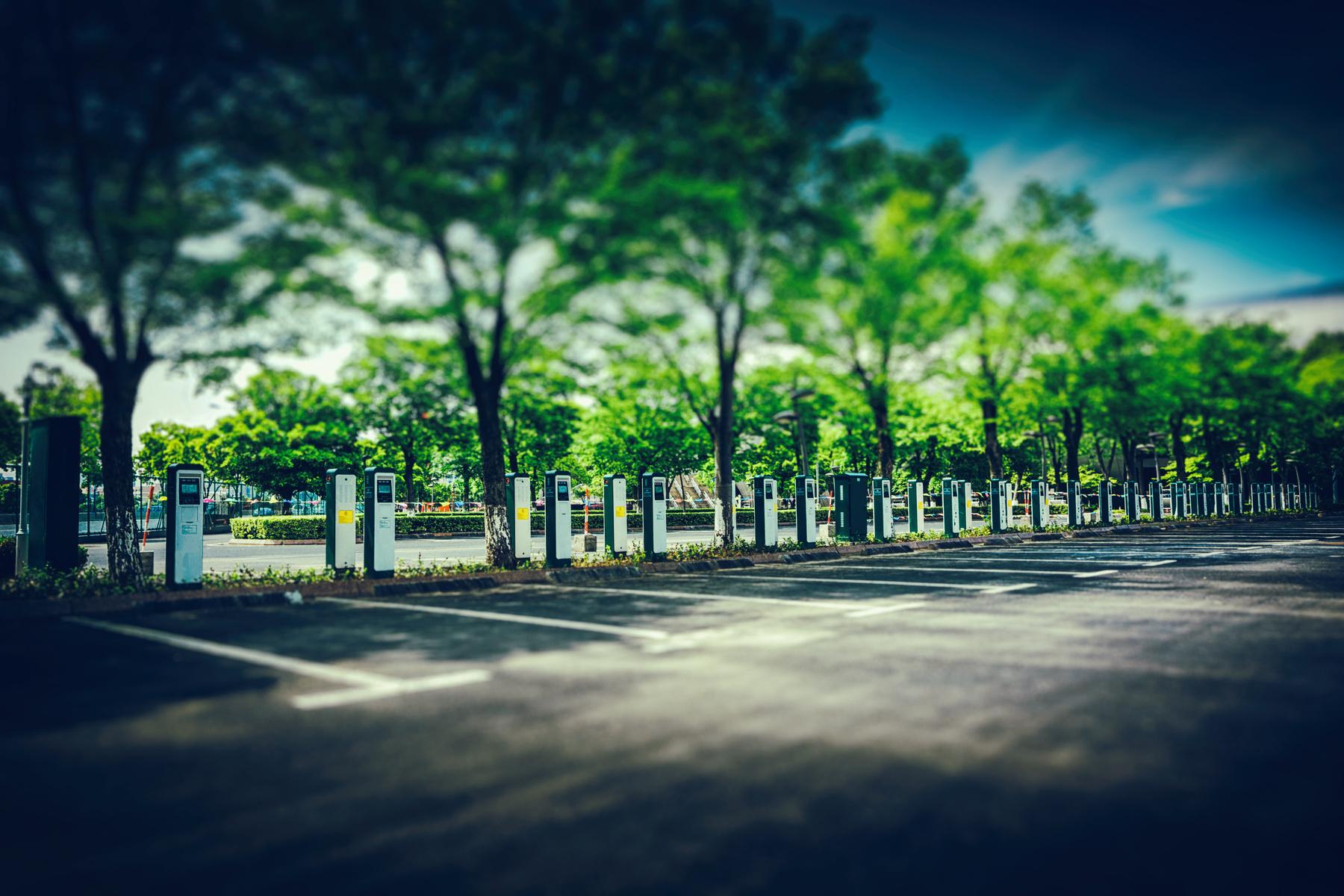

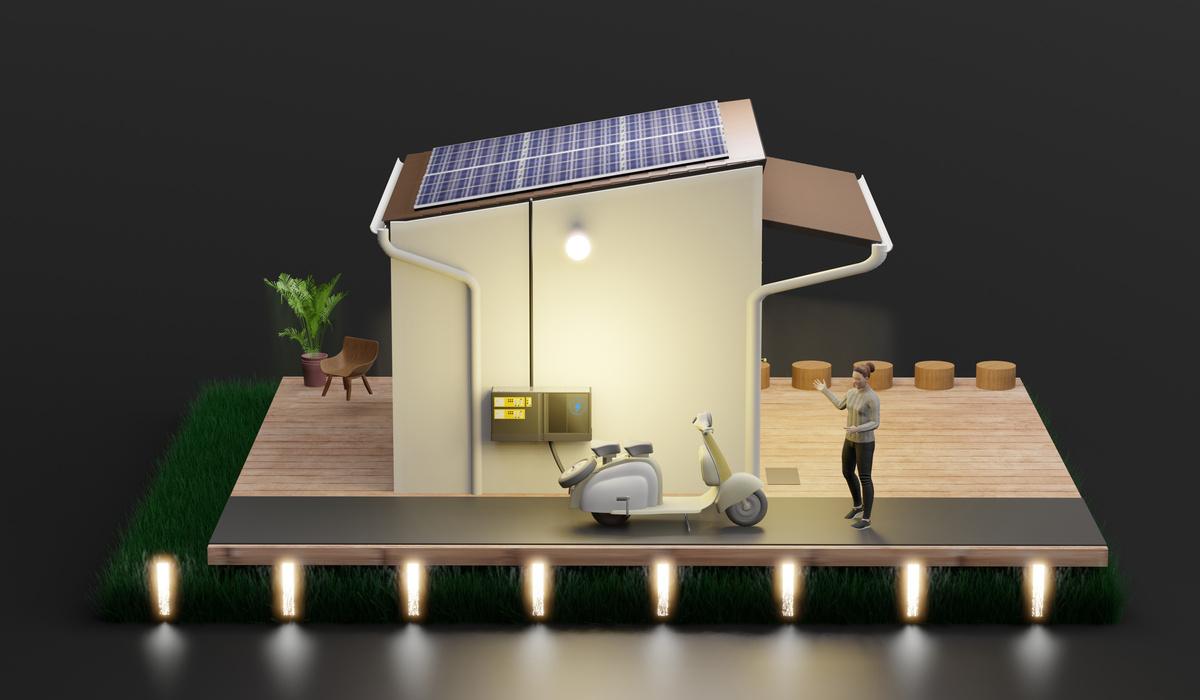
Searching for battery tech that can compete with LIBs and disrupt the EV market, researchers are exploring pathways to introduce next generation alternate battery technologies Few such technologies entailing lower costs and promising performance have been tested by Indian and foreign EV manufacturing companies on a pilot scale Sodium ion batteries, with their material accessibility, higher operable temperature range, and 45% less Global Warming Potential (GWP) have successfully been tested as range enhancers for LIB batteries Aluminum air batteries, having 3 30 times higher energy density, enhanced driving range, and comparable costs to LIBs while having 1 87 times lower GHG emissions and safe operation, are preparing to pilot in various EV segments in India. Zinc air batteries also bring cost performance, and safety merits, but their rechargeability requires development to compete commercially
Some practically impressive battery technologies are at advanced stages of TRL and exhibit potential for commercialization Lithium Sulfur (Li S) batteries are made of Li anode and elemental S cathode, storing a high theoretical energy density of 2600 Wh/kg Standing at TRL5, they have performance risks related to cycle life and coulombic efficiency due to the high corrosion of both electrodes by the reactive sulfur. Similarly, Li Air batteries can have up to 500 900 Wh/kg practical energy density, reaching a driving range of 550 km but the technology is yet to overcome cost, degradation, and charging issues before prototyping in EVs
The battery ecosystem is actively exploiting various battery chemistries with high theoretical potential, investing in R&D to understand their EV application potential For instance, multivalent ion batteries such as Zn ion, Mg ion, and Al ion, which have substantially higher theoretical performance and better material accessibility, are at the initial stages of TRL, and their capacity for real world use is still under investigation Though their practical utility remains uncertain, academia industry collaboration for these chemistries can assist in their rapid advancement to the development phase
In a step toward the development of safe electrolytes, commercialization of solid state electrolytes is expected by 2023, which can improve thermal endurance and increase the energy density of LIBs to as high as 390 Wh/kg.
The battery market has become highly dynamic with advancing e mobility systems OEMs are making investments in the R&D ecosystem for optimizing LIB performance and developing alternate battery technologies While diversification is crucial, multiple research directions can be explored to understand technology readiness, cost versus KPI, and risks associated with various battery technologies to build trust and avoid losses
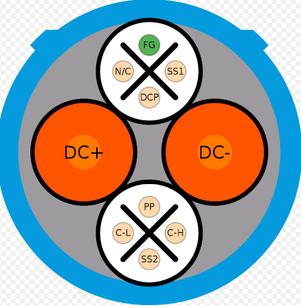
To recharge batteries, electric vehicle chargers typically use AC (alternating current) Because batteries don't accept AC Power, all EVs come with a rectifier or converter This converts AC power into DC power to charge EV batteries Vehicles will experience rapid DC charging if there is no conversion DC power bypasses all converters so that the charge can be directly in the battery This accelerates the charging process and is known as fast or rapid charging DC charging is faster than charging with AC power In situations where battery replenishment is urgent or desired, DC charging can be an advantage Only one thing is important here: the type of connector used to charge the vehicle

Currently, there are three types of DC fast charging: CHAdeMO (Combined Charging System, CCS) and Tesla Supercharger All major DC charger makers offer multi standard models that allow you to charge via CHAdeMO or CCS from one unit
The Combined Charging System (CCS) is a standard for charging electric vehicles. It can use Combo 1 or Combo 2 connectors to provide power at up to 350 kilowatts These two connectors are extensions of the IEC 62196 Type 1 and Type 2 connectors, with two additional direct current (DC) contacts to allow high power DC fast charging The CCS combines single phase with rapid three phase charging using alternating current at a maximum of 43 kilowatts (kW), as well as direct current charging at a maximum of 200 kW and the future perspective of up to 350 kW all in a single system.
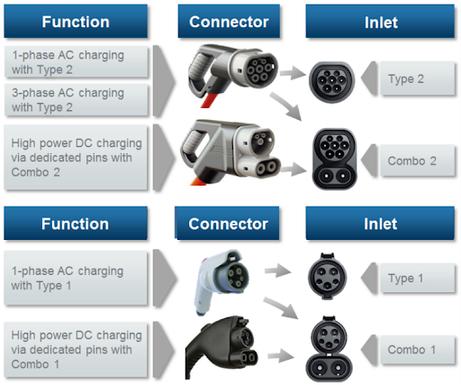
These are the key features of the Combined Charging System:
AC charging:
The electrical interface specification for power transmission It includes safety related signals for AC charging This is compliant with the international IEC61851 1 standard Connector Type 2 in Europe, conforms to the international IEC 62296 2 standard.
The electrical interface specification for power transmission includes safety related signals for DC charging. It complies with international IEC 61851 23 standards. With the Combo 2 connector in Europe, is compliant with the international IEC 62196 3 standard
CHAdeMO is a fast charging system for battery electric vehicles, developed starting in 2010 by the CHAdeMO Association, formed by the Tokyo Electric Power Company and five major Japanese automakers The name of the company is abbreviated "CHArge DE MOve", which means "charge for moving"
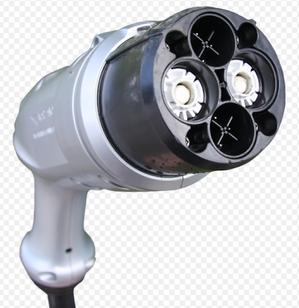
The first generation CHAdeMO connectors can deliver up to 62 5KW at 500V, 125 through a proprietary electrical connector This adds about 120 km (75 km in one hour) It is included in many international vehicle charging standards
The second generation specification can deliver up to 400 kW at 1 kV and 400 A of direct current. The CHAdeMO Association and China Electricity Council (CEC), are currently developing the third generation standard under the working title "Chaoji", which aims to deliver 900 kW
Chandigarh plans on becoming a 'model EV city' and achieving zero emission vehicles in all its cities The UT plans to use RE energy sources to charge EVs Chandigarh plans to make 70% of all new registrations in the UT in the next five years In addition to offering incentives for EV purchasers, the UT will also stop registrations of two and three wheelers that are powered by internal combustion engines (ICE) starting in 2024 25 The administration will register at least 35% of electric two wheelers and three wheelers that run on ICE in order to gradually eliminate them It will also register at least 70% electric three wheelers in 2023 24, and 100% in 2024 25

YEAR WISE AND CATEGORY WISE TARGETS FOR NEW EV REGISTRATIONS
Category Target (% Share of EVs in New vehicle registrations by the end of policy period)
Year 1 Year 2 Year 3 Year Y5 ear 4
E 2W
E 3W (Passenger Auto)
E 3W (Goods)
E 4W (Goods)
E Cars (Personal)
E Cars (Commercial, Local Permit)
E Buses
35% 100% 20% 20% 10% 20% 40%
Source : Chandigarh EV Policy, EM+ Research
70% 100% 40% 40% 20% 40% 50%
60% 60% 30% 60% 80%
100% 100% 80% 80% 40% 80% 90%
100% 100% 50% 100% 100%
A Rs 6,000 incentive will be given to the first 30,000 private charging devices that are installed within the policy period A 100% reimbursement will be given to the GST paid by the first 50 private entities that purchase fast charging and battery swapping equipment The maximum reimbursement amount will be Rs 50,000 The first 50 public fast charging and swapping stations will receive an upfront incentive of Rs 5,00,000 For public charging stations and battery swapping stations, electricity duty will be exempted
25% of the total cost of the e bike will be given as an incentive to the first 25,000 bikes purchased during the policy period The maximum incentive amount will be Rs 3,000 For fixed batteries, the incentive will be Rs 5,000/Kwh Swappable batteries will offer an incentive of Rs 3,000/Kwh The first 10,000 registered two wheelers will receive Rs 5,000/Kwh For fixed batteries, the maximum incentive will be Rs 30,000 while for swappable batteries it will be Rs 15,000 And Rs 5,000 incentive will also be offered for battery scrapping
Below are the incentives available in addition to those offered under the FAME II (Faster Adoption and Manufacturing of Hybrid and Electric Vehicles) policy of the Gov of India E bicycles that were purchased before March 31, 2023, are eligible for an Rs 2,000 early bird incentive The maximum incentive for early birds will be Rs 50,000
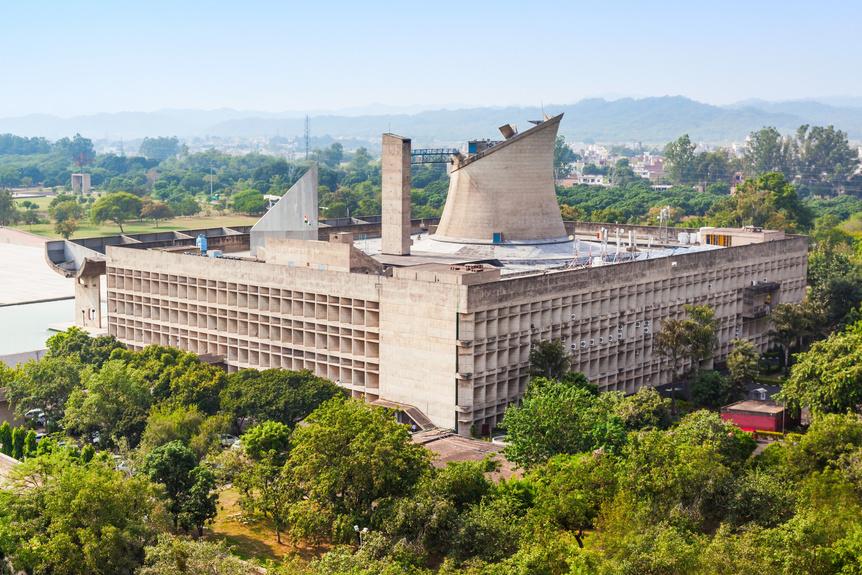
A grant of Rs 3,000 per month will be granted to the first ten startups that are related to zero emission mobility The maximum grant amount will be Rs 18,000 each month The maximum grant will cover 50% of the costs incurred for the registration of national and international intellectual property (IP) There is a limit of Rs 2,00,000 per month for national IP, and Rs 5,00,000 per month for international IP

The Ministry of Road Transport and Highways (MoRTH) extends the implementation of amendments to Electric Vehicle Battery Testing Standards.

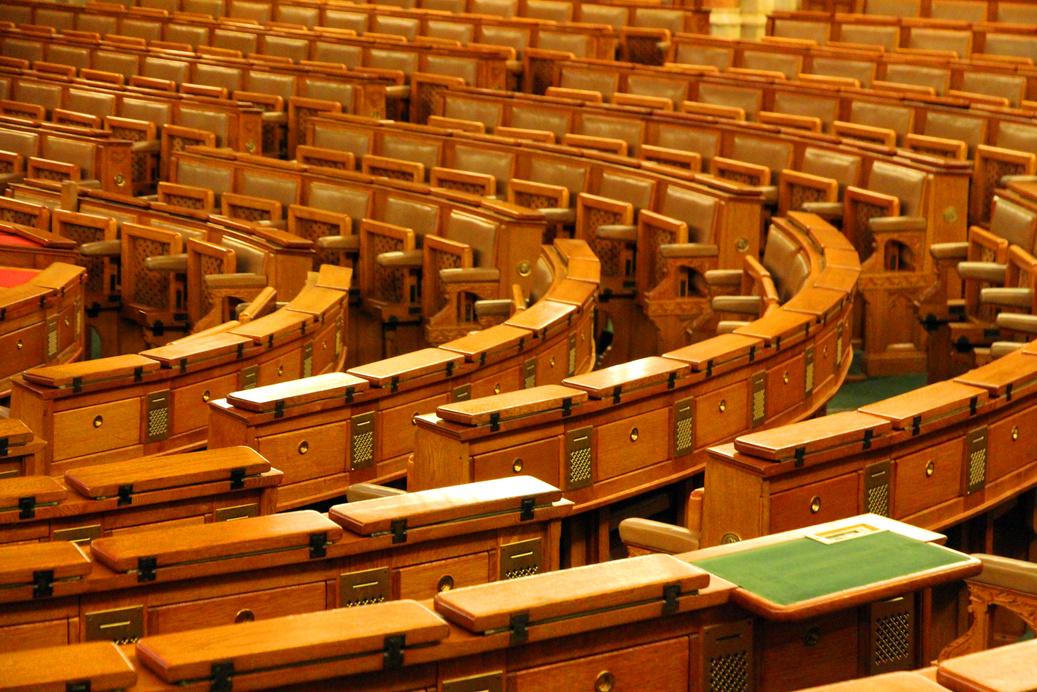
Recently, The Ministry of Road Transport and Highways (MoRTH) extended the implementation of amendments to Electric Vehicle Battery Testing Standards from October 1, 2022, to December 2022 and March 2023 Two phases will be used to implement the amendments to the EV battery testing standards Automotive industry standards AIS 156 and AIS 038 Phase I will be in effect starting December 1, 2022, and Phase II beginning March 31, 2023 The amendments will apply to vehicles of L, M, and N categories with electric power trains
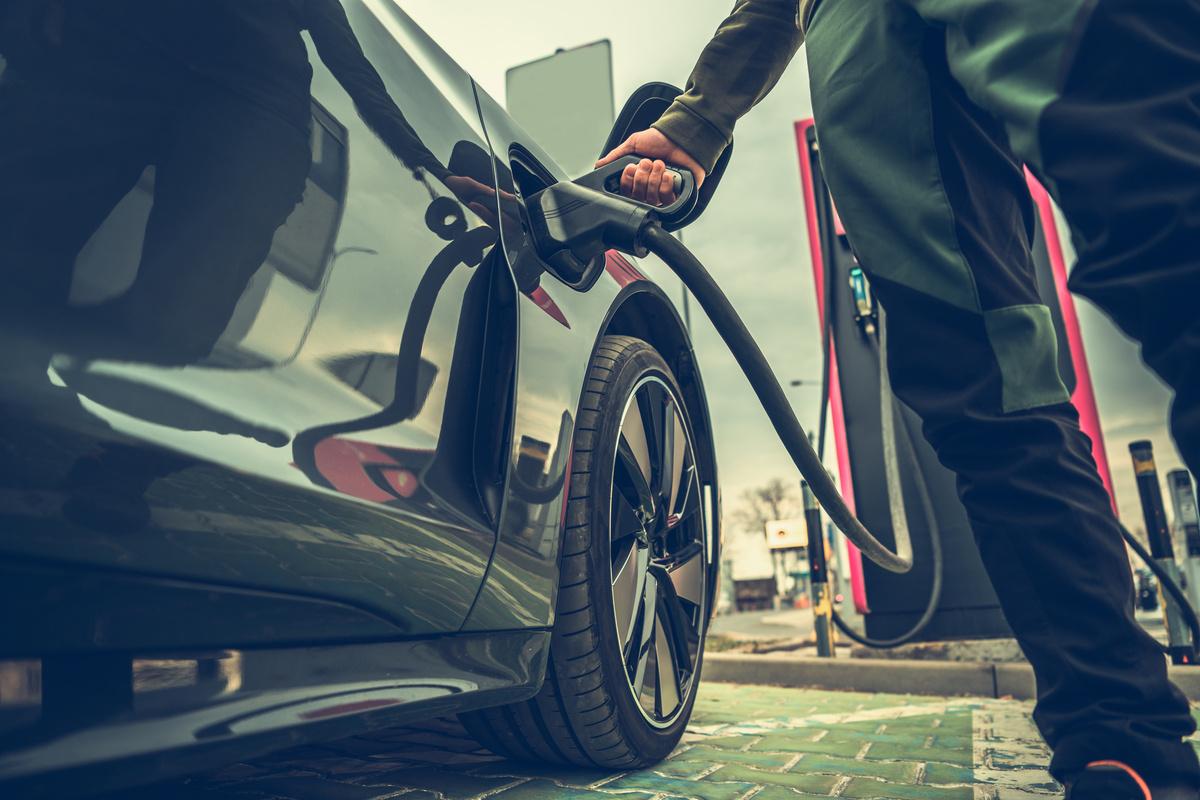
The Bureau of Indian Standards (BIS) Has Issued Performance Standards For Electric Vehicle (EV) Batteries.
To ensure safety, the Bureau of Indian Standards (BIS), has issued performance standards for Electric Vehicle (EV) batteries. The standard ‘IS 17885: 2022’ has been drafted for lithium ion battery packs and systems of electrically propelled road vehicles in sync with ISO 12405 4: 2018 This standard includes the testing procedures that determine the fundamental characteristics of performance, reliability and electrical functionality of battery packs and systems for high power or high energy applications
REIL Issued Empanelment Tender To Set Up 738 EV Charging Stations.

Rajasthan Electronics and Instruments Limited (REIL) JV between DHI and Rajasthan Government has released a tender to empanel agencies for the identification, installation, operation, and maintenance of 738 EV charging stations in India The charging stations allotted to REIL by the Department of Heavy Industries (DHI) are to be installed in two categories, A & B
Category A covers charging stations established in public places for commercial purposes to charge EVs

Category B includes charging stations established within the premises of a state or central government office complex, government hospitals/clinics, government educational institutes, etc
Chandigarh Announced Its Electric Vehicle Policy 2022.
Chandigarh plans to make 70% of all new registrations in the UT in the next five years The UT plans on becoming a 'model EV city' and achieving zero emission vehicles in all its cities The UT plans to use RE energy sources to charge EVs
CHANDIGARH EV POLICY 2022: YEAR WISE AND CATEGORY WISE TARGETS FOR NEW EV REGISTRATIONS
E 2W
E 3W (Passenger Auto)
E 3W (Goods)
E 4W (Goods)
E Cars (Personal)
E Cars (Commercial, Local Permit)

Source : Chandigarh EV Policy, EM+ Research
CESL Issued An Expression of Interest (EoI) To Empanel Financial Institutions To Finance EV In Partnership With State Governments.
Convergence Energy Services Limited, a wholly owned subsidiary of Energy Efficiency Services Limited, has issued an EoI in order to empanel financial institutions to finance EVs in partnership with state governments The empanelled financial institution must furnish a performance bank guarantee of Rs 50,000 within 28 days of receiving the empanelment letter
CESL Invited Bids To Procure 5,690 E Buses.
Convergence Energy Services Limited a wholly owned division of Energy Efficiency Services Limited has invited bidding to select bus operators for procurement, operation & maintenance (O&M), of 5,690 E Buses Also, the development of civil infrastructure and allied electric and mechanical equipment under the 'National E Bus Program Phase I This is the first tender under the ‘National E Bus Program’, which aims to deploy 50,000 e buses across the country
100% 50% 100% 100%
CESL: NUMBER OF BUSES UNDER EACH LOT
Source: CESL
OKINAWAAUTOTECHPVTLTD
HEROELECTRICVEHICLESPVTLTD

AMPEREVEHICLESPRIVATELIMITED
ATHERENERGYPVTLTD
TVSMOTORCOMPANYLTD
OLAELECTRICTECHNOLOGIESPVTLTD
BEINGINDIAENERGYANDTECHNOLOGYPVTLTD

OKAYAEVPVTLTD
REVOLTINTELLICORPPVTLTD
PURENERGYPVTLTD
ELECTRIC(E2W)Sales 0 2500 5,000 7,500 10,000
ELECTRIC(E3W)Sales
YCELECTRICVEHICLE
SAERAELECTRICAUTOPVTLTD
MAHINDRA&MAHINDRALIMITED
MAHINDRAREVAELECTRICVEHICLESPVTLTD
DILLIELECTRICAUTOPVTLTD
CHAMPIONPOLYPLAST MINIMETROEVLLP
UNIQUEINTERNATIONAL TERRAMOTORSINDIAPVTLTD ENERGYELECTRICVEHICLES
OLAELECTRICTECHNOLOGIESPVTLTD
OKINAWAAUTOTECHPVTLTD
HEROELECTRICVEHICLESPVTLTD AMPEREVEHICLESPRIVATELIMITED ATHERENERGYPVTLTD


